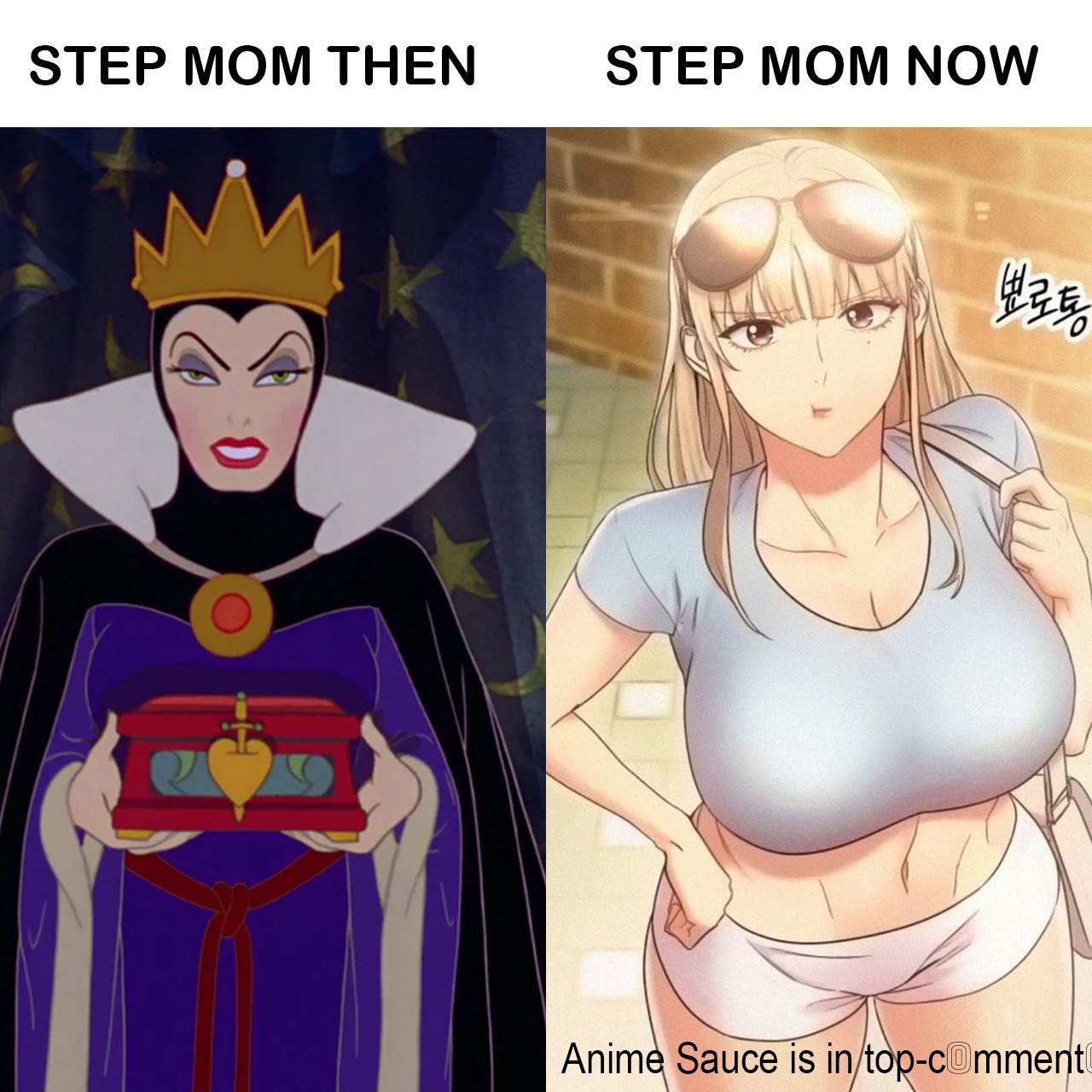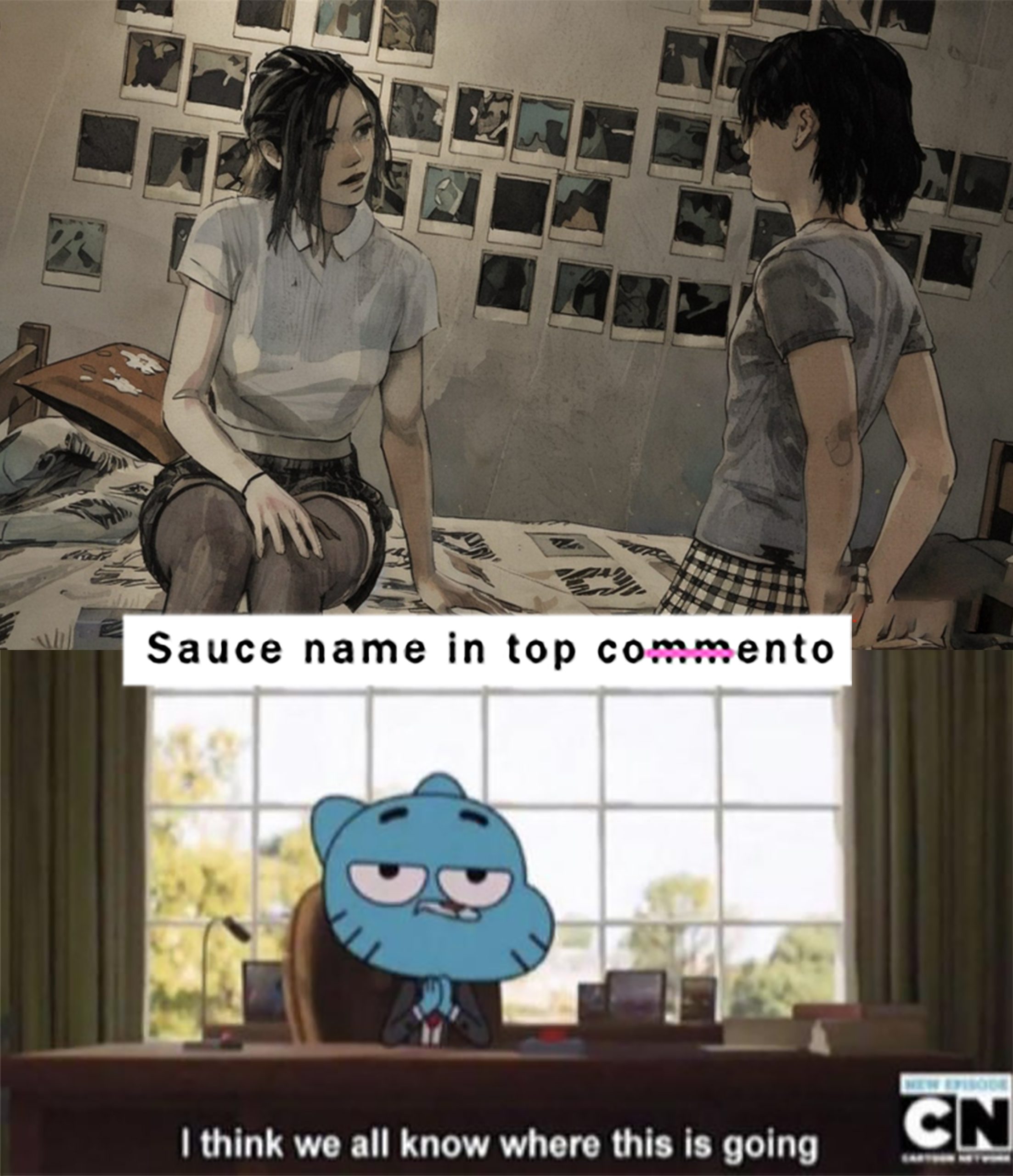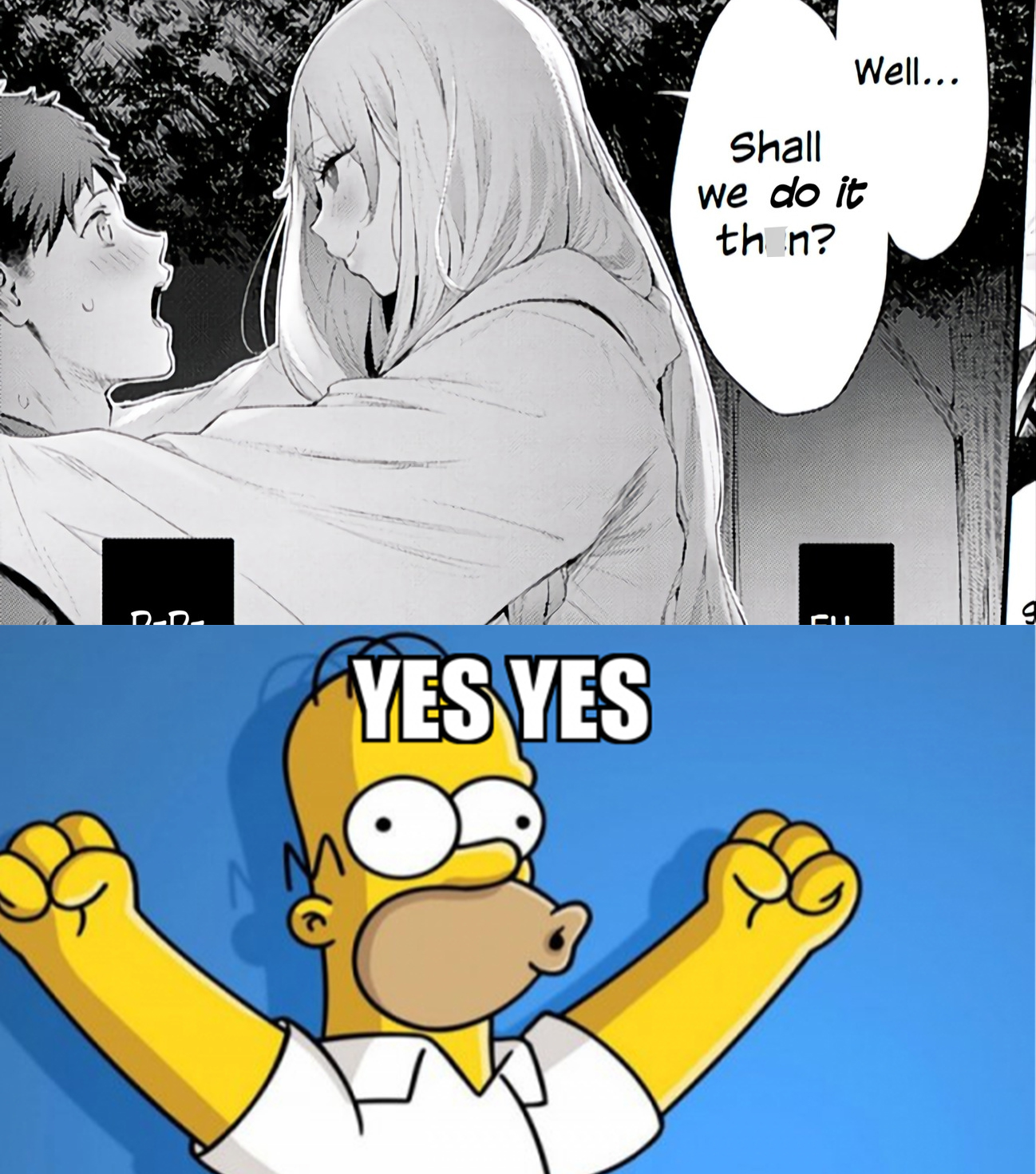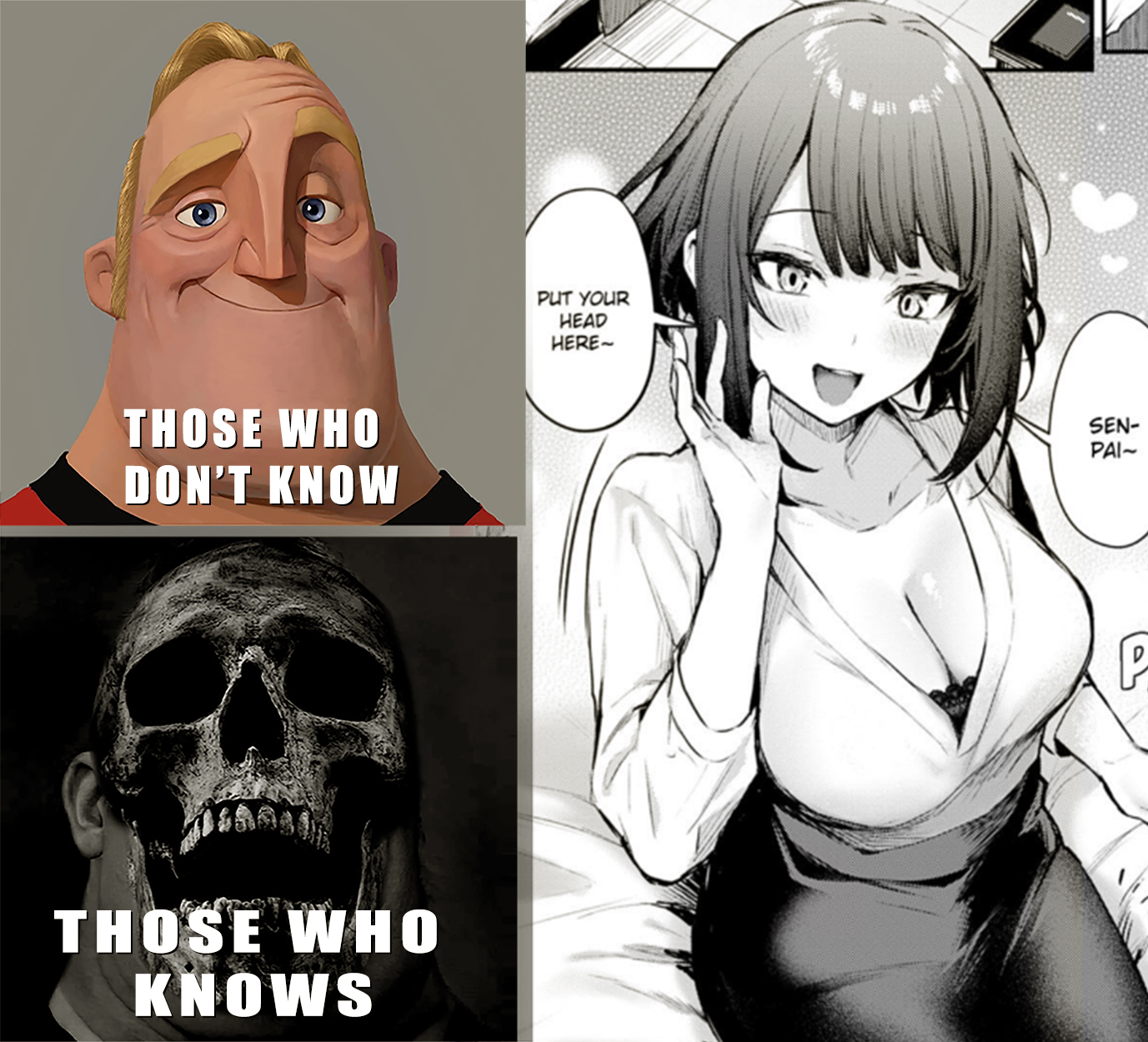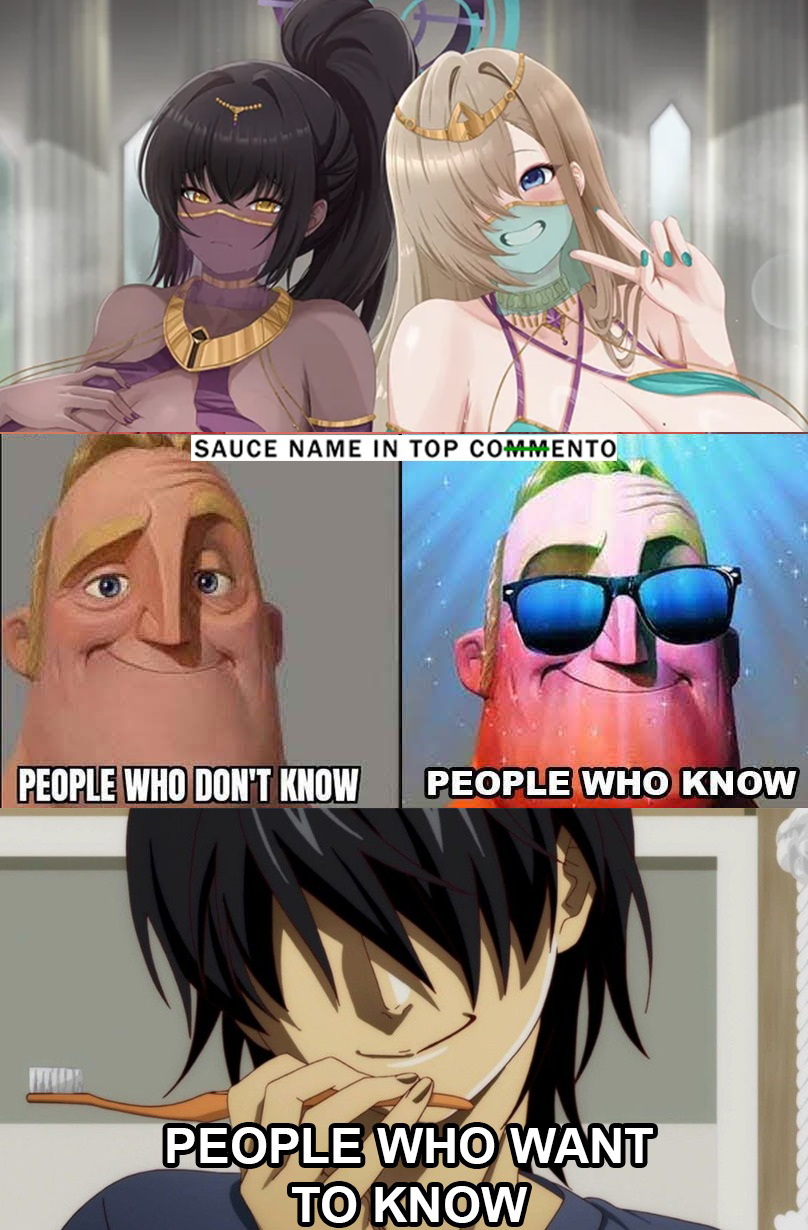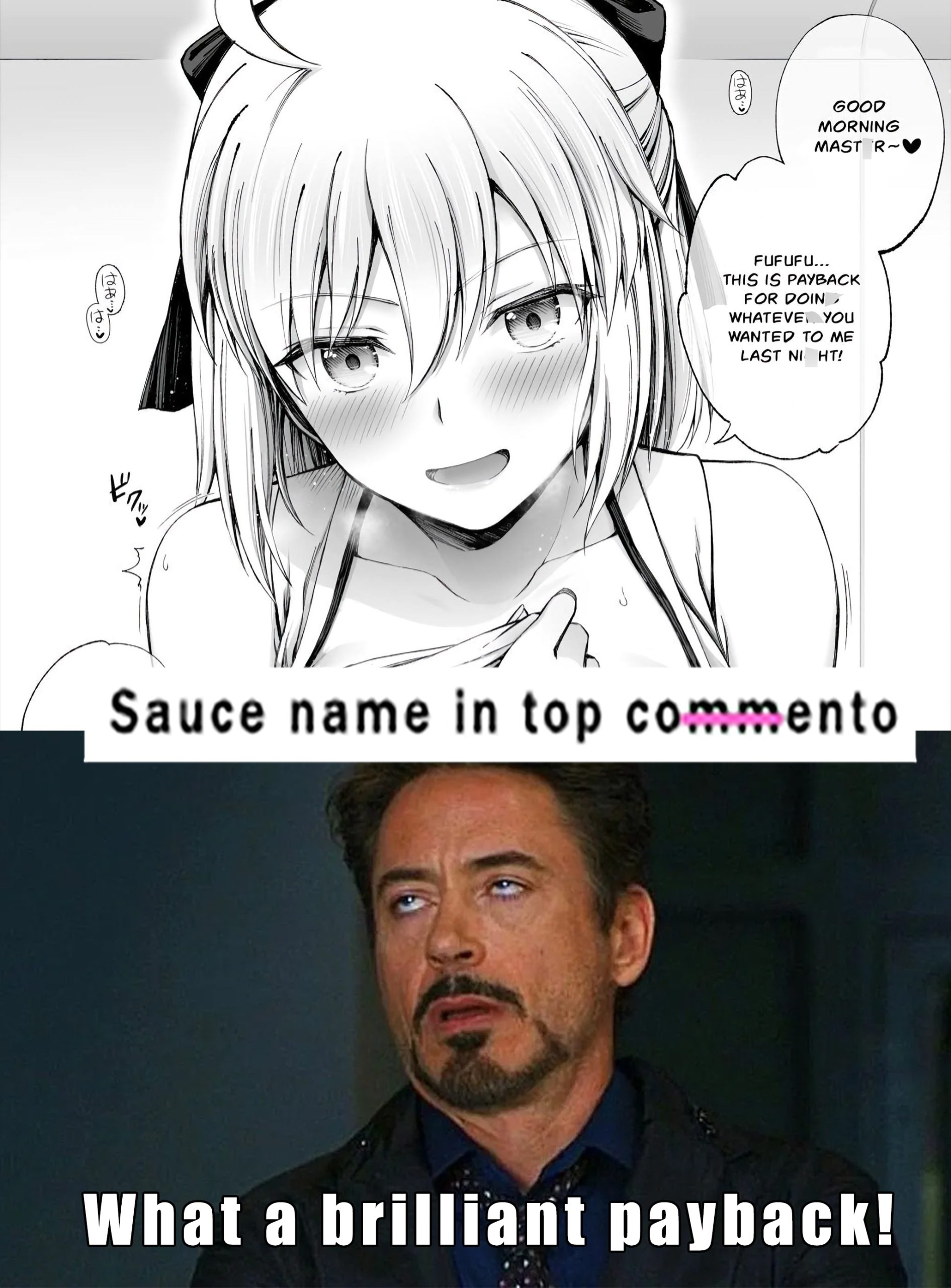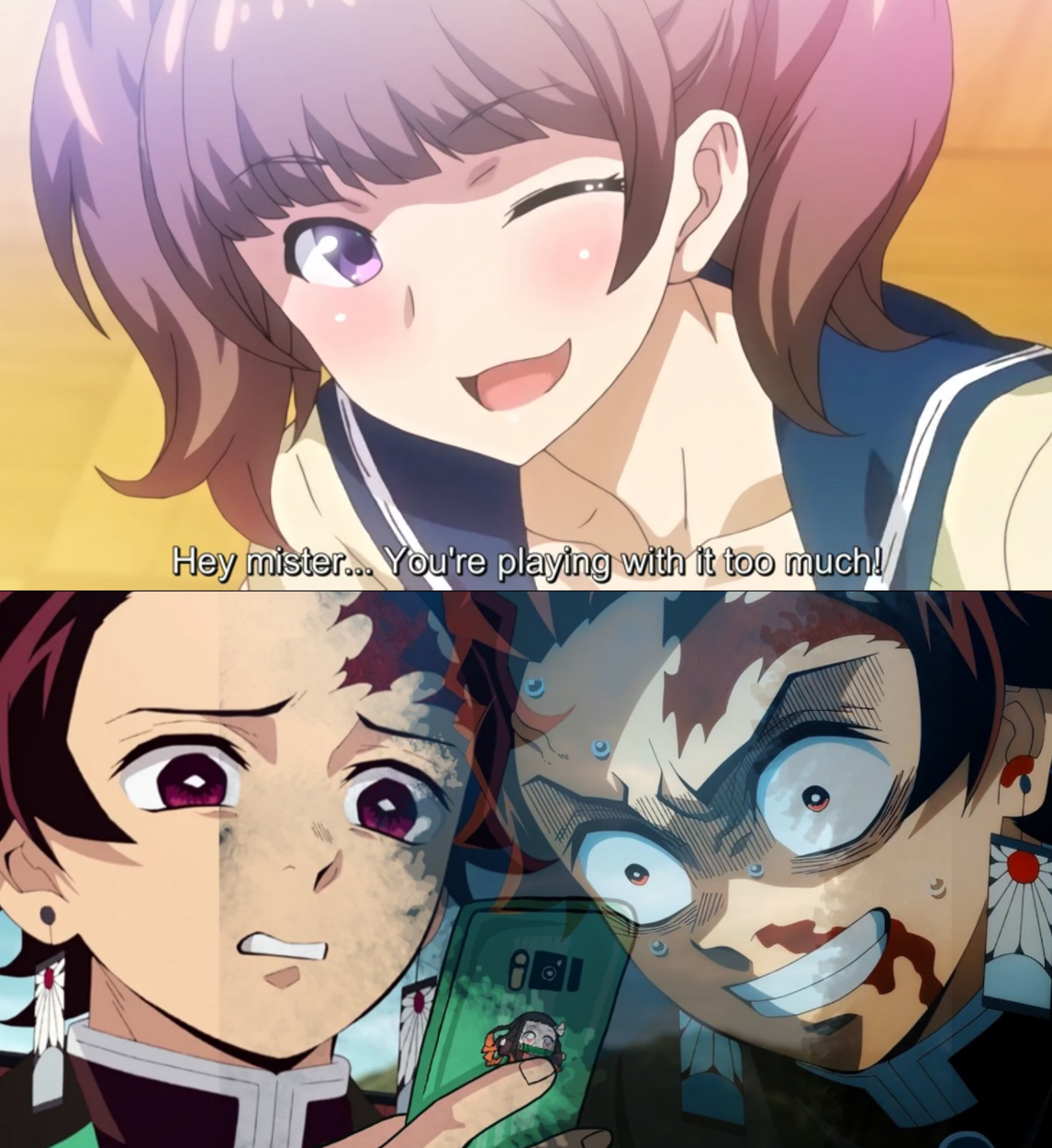Bullying remains a prevalent theme in anime, yet its portrayal often walks a delicate line due to its sensitivity. Nevertheless, anime that handle this topic with nuance and sensitivity deserve recognition for their progressive approach.
These series look into the complex issues surrounding bullying, shedding light on challenges faced by youth that even adults find difficult to address. Their rarity in the medium makes them valuable contributions, offering heartfelt and meaningful narratives.
In the ongoing Spring 2024 season, several anime touches upon bullying in different ways. Viral Hit has stirred discussions for its raw and uncomfortable depiction of bullying, showcasing some of the most intense scenes in anime. Go! Go! Loser Ranger! adopts a unique angle by presenting the weaker monsters as victims of the so-called heroes, offering a fresh perspective on the theme through a Sentai lens.
Meanwhile, The Many Sides of Voice Actor Radio looks into online bullying, echoing themes explored in Oshi no Ko. Even Black Butler: Public School Arc doesn’t shy away from addressing bullying, featuring a notable bully within its storyline.
Though it’s too early to determine their impact compared to upcoming releases, these series provide valuable insights into the multifaceted nature of bullying. They offer compelling narratives that look into the complexities of human relationships and societal issues, making them worth considering for those interested in exploring stories that tackle bullying.
Note: Animes are not shown based on ranking order.
18. Don’t Toy With Me, Miss Nagatoro

“Don’t Toy With Me, Miss Nagatoro” is a Japanese manga series written and illustrated by Nanashi. First serialized on Pixiv in 2017 and later published by Kodansha in their Weekly Shōnen Magazine, the series has gained immense popularity for its unique premise, endearing characters, and humorous storytelling.
Set in a high school setting, the manga follows the playful and often teasing interactions between the titular character, Nagatoro, and her underclassman, known simply as Senpai. Through their dynamic relationship, the series explores themes of friendship, self-discovery, and the complexities of adolescent romance.
The story centers around Nagatoro, a spirited and mischievous high school girl, and Senpai, a quiet and introverted underclassman who spends his time alone in the art room. Nagatoro takes an interest in Senpai and begins teasing him in various playful and sometimes provocative ways, much to his embarrassment and discomfort. Despite Senpai’s initial reluctance, he finds himself drawn to Nagatoro’s outgoing personality and gradually becomes more accustomed to her teasing.
As the series progresses, Nagatoro and Senpai’s relationship evolves from playful banter to genuine friendship and possibly something more. Through their interactions, both characters undergo personal growth and self-discovery, learning valuable lessons about themselves and their feelings for each other. Along the way, they navigate the ups and downs of high school life, form friendships with other students, and explore their own interests and passions.
Central to the series is the dynamic between Nagatoro and Senpai, characterized by Nagatoro’s playful teasing and Senpai’s reactions to her antics. While Nagatoro’s teasing may initially come across as mean-spirited, it becomes apparent that her actions are motivated by a genuine affection for Senpai. Through her teasing, Nagatoro expresses her feelings in a unique and unconventional way, often testing Senpai’s boundaries and pushing him out of his comfort zone.
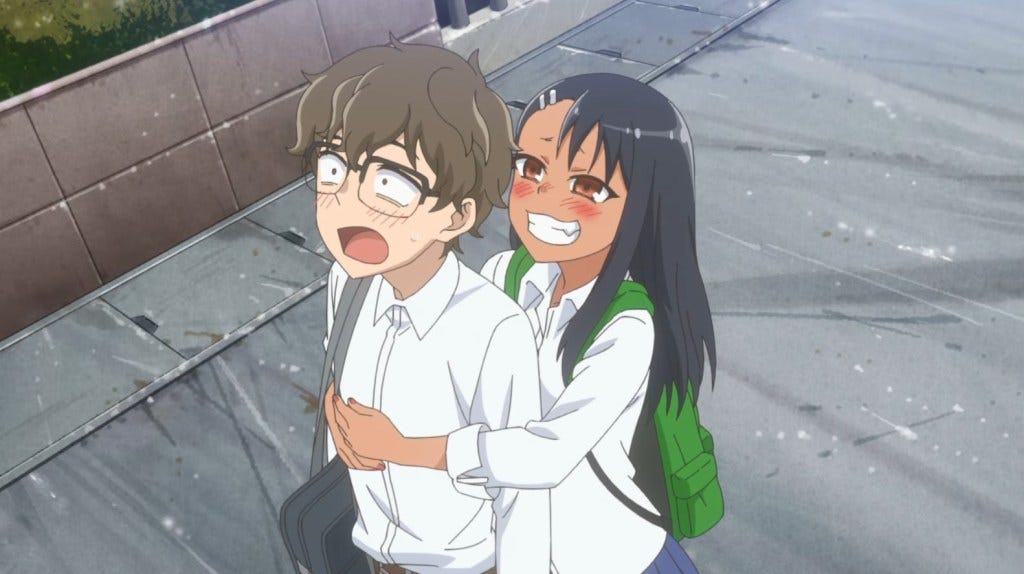
Both Nagatoro and Senpai undergo significant growth and self-discovery over the course of the series. Nagatoro learns to express her feelings more openly and honestly, while Senpai gains confidence in himself and his abilities. Through their interactions, both characters confront their insecurities and learn to embrace their true selves, leading to personal growth and development.
Despite their differences in personality, Nagatoro and Senpai form a strong bond of friendship and companionship. Through their interactions, they learn to appreciate each other’s quirks and idiosyncrasies, finding comfort and solace in each other’s company. Their friendship serves as a source of support and encouragement, allowing them to navigate the challenges of high school life together.
“Don’t Toy With Me, Miss Nagatoro” emphasizes the importance of communication and understanding in relationships. As Nagatoro and Senpai grow closer, they learn to communicate openly and honestly with each other, addressing misunderstandings and resolving conflicts in a mature and respectful manner. Their willingness to listen to each other’s concerns and perspectives strengthens their bond and fosters a deeper understanding of each other.
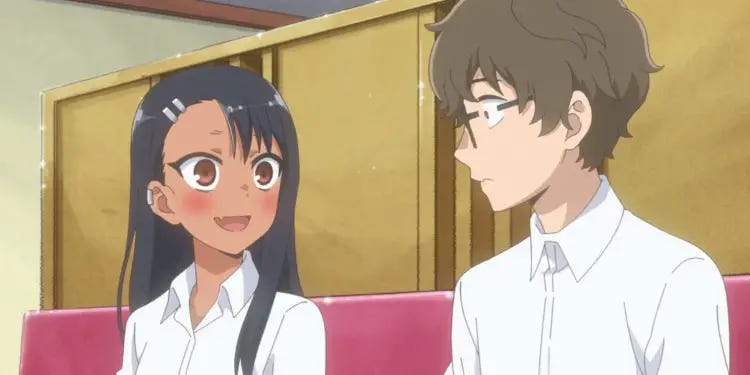
Both Nagatoro and Senpai struggle with feelings of insecurity and vulnerability, fearing rejection and judgment from others. However, as they grow closer, they learn to accept each other for who they are, flaws and all. Their relationship teaches them that true acceptance comes from being vulnerable and allowing oneself to be seen and understood by others.
Nagatoro is the titular character of the series, known for her energetic and outgoing personality. Despite her teasing nature, Nagatoro cares deeply for Senpai and enjoys spending time with him. As the series progresses, Nagatoro’s character undergoes significant development, revealing her insecurities and vulnerabilities beneath her confident exterior.
Senpai is a quiet and reserved underclassman who spends his time alone in the art room, pursuing his passion for drawing. Initially intimidated by Nagatoro’s teasing, Senpai gradually warms up to her and begins to appreciate her company. Through his interactions with Nagatoro, Senpai gains confidence in himself and learns to embrace his true self.
Nanashi’s artwork in “Don’t Toy With Me, Miss Nagatoro” is characterized by its expressive character designs, dynamic panel layouts, and comedic visual gags. The manga’s art style perfectly complements the lighthearted and playful tone of the story, enhancing the comedic elements and emotional moments alike. Nanashi’s ability to convey the characters’ emotions and personalities through their expressions and body language adds depth and nuance to the storytelling, allowing readers to empathize with the characters’ experiences and struggles.
“Don’t Toy With Me, Miss Nagatoro” is a delightful and heartwarming manga series that offers a refreshing take on adolescent relationships. Through its playful and teasing interactions between Nagatoro and Senpai, the series explores themes of friendship, self-discovery, and the transformative power of human connection. With its engaging characters, relatable themes, and charming artwork, “Don’t Toy With Me, Miss Nagatoro” is a must-read for fans of romantic comedy and slice-of-life manga alike.
17. Lookism
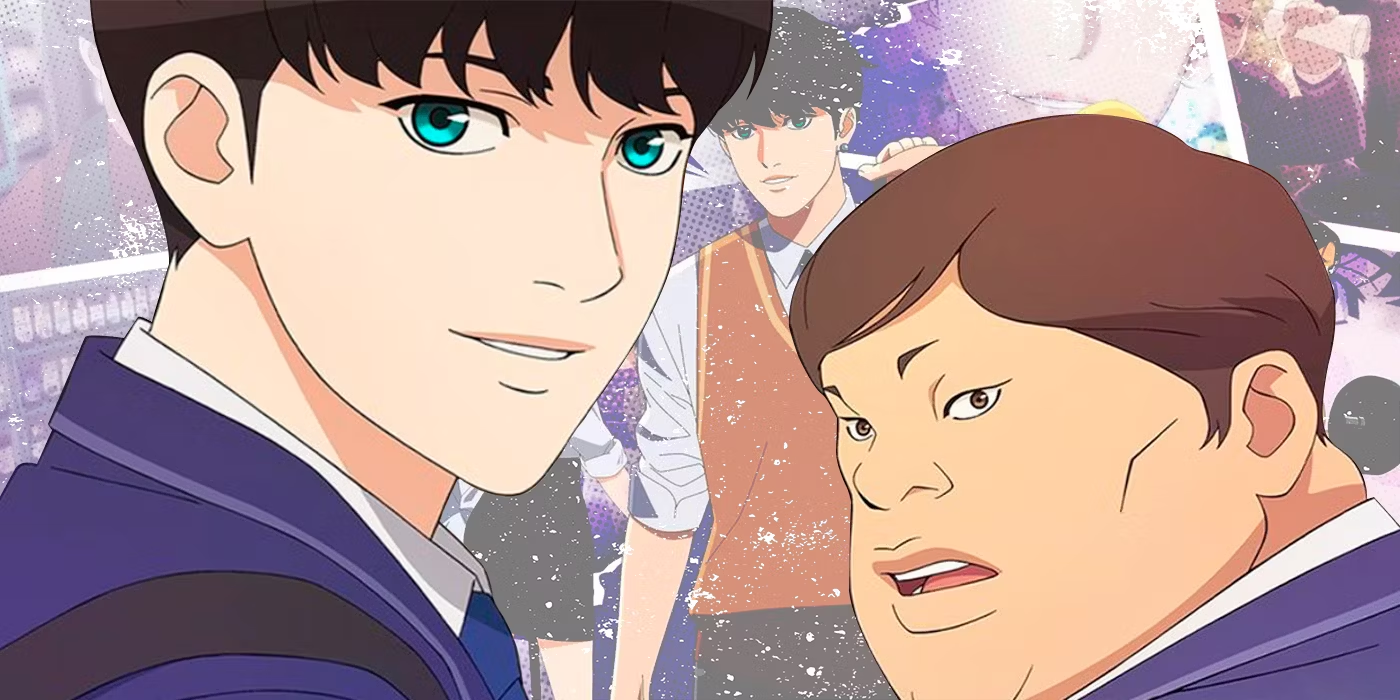
“Lookism” is a South Korean webtoon created by Park Tae-joon that goes deep into the complexities of appearance, identity, and societal perceptions. Serialized on Naver Webtoon since 2014, “Lookism” has garnered a dedicated international following for its engaging storyline, compelling characters, and thought-provoking themes. Blending elements of drama, comedy, action, and social commentary, the series offers a nuanced exploration of how physical appearance influences individuals’ lives and relationships.
The story centers around Park Hyung-suk, a high school student who faces relentless bullying due to his overweight physique and perceived unattractiveness. However, Hyung-suk’s life takes a drastic turn when he mysteriously wakes up one day in the body of a handsome, athletic teenager named Daniel Park. Daniel attends the same school as Hyung-suk but is admired and envied by his peers for his looks and athleticism.
Navigating his newfound dual existence, Hyung-suk must juggle the challenges of living as both himself and Daniel while uncovering the secrets behind his transformation. Along the way, he encounters a diverse cast of characters, each grappling with their own insecurities, desires, and societal pressures.
As the series progresses, “Lookism” goes into themes such as bullying, self-acceptance, friendship, identity, and the impact of appearance on social dynamics. Through Hyung-suk’s journey of self-discovery and personal growth, the webtoon challenges readers to reconsider their preconceptions about beauty, identity, and the value of inner character.
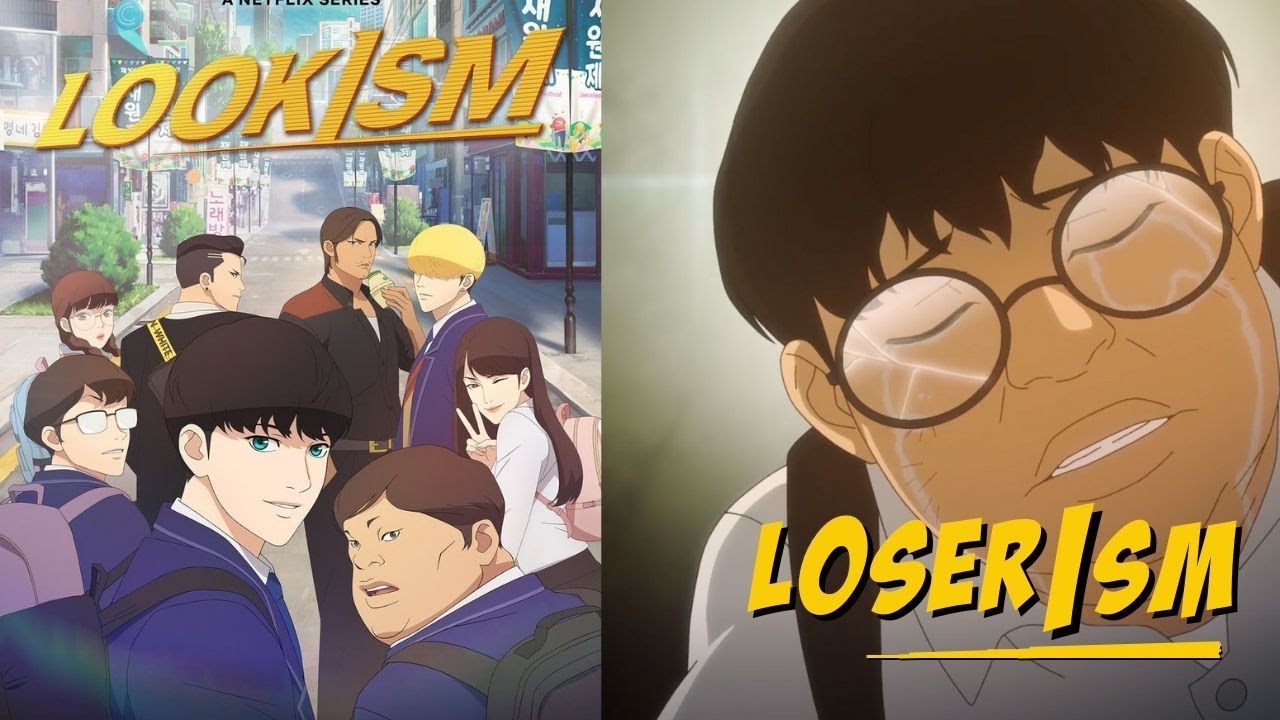
“Lookism” explores the dichotomy between external appearance and internal identity, highlighting how individuals are often judged and treated based on their looks rather than their character or abilities. Hyung-suk’s transformation into Daniel sheds light on the privileges and disadvantages associated with physical attractiveness, prompting readers to reflect on their own perceptions of beauty and worth.
The webtoon depicts the pervasive issue of bullying and discrimination, emphasizing the harmful effects of superficial judgments and societal biases. Through Hyung-suk’s experiences with bullying and ostracization, “Lookism” sheds light on the psychological toll of being marginalized and the importance of empathy and understanding in combatting prejudice.
A central theme of “Lookism” is the journey towards self-acceptance and confidence in one’s identity. As Hyung-suk grapples with his insecurities and struggles to reconcile his two identities, he learns to embrace his true self and recognize his inherent worth beyond physical appearance. The webtoon encourages readers to cultivate self-love and authenticity in the face of societal pressures to conform to unrealistic beauty standards.
Through the friendships and relationships depicted in the series, “Lookism” underscores the importance of empathy, acceptance, and mutual support in overcoming adversity. As Hyung-suk forms connections with individuals from diverse backgrounds and appearances, he discovers the value of understanding and compassion in fostering genuine connections and building a sense of belonging.
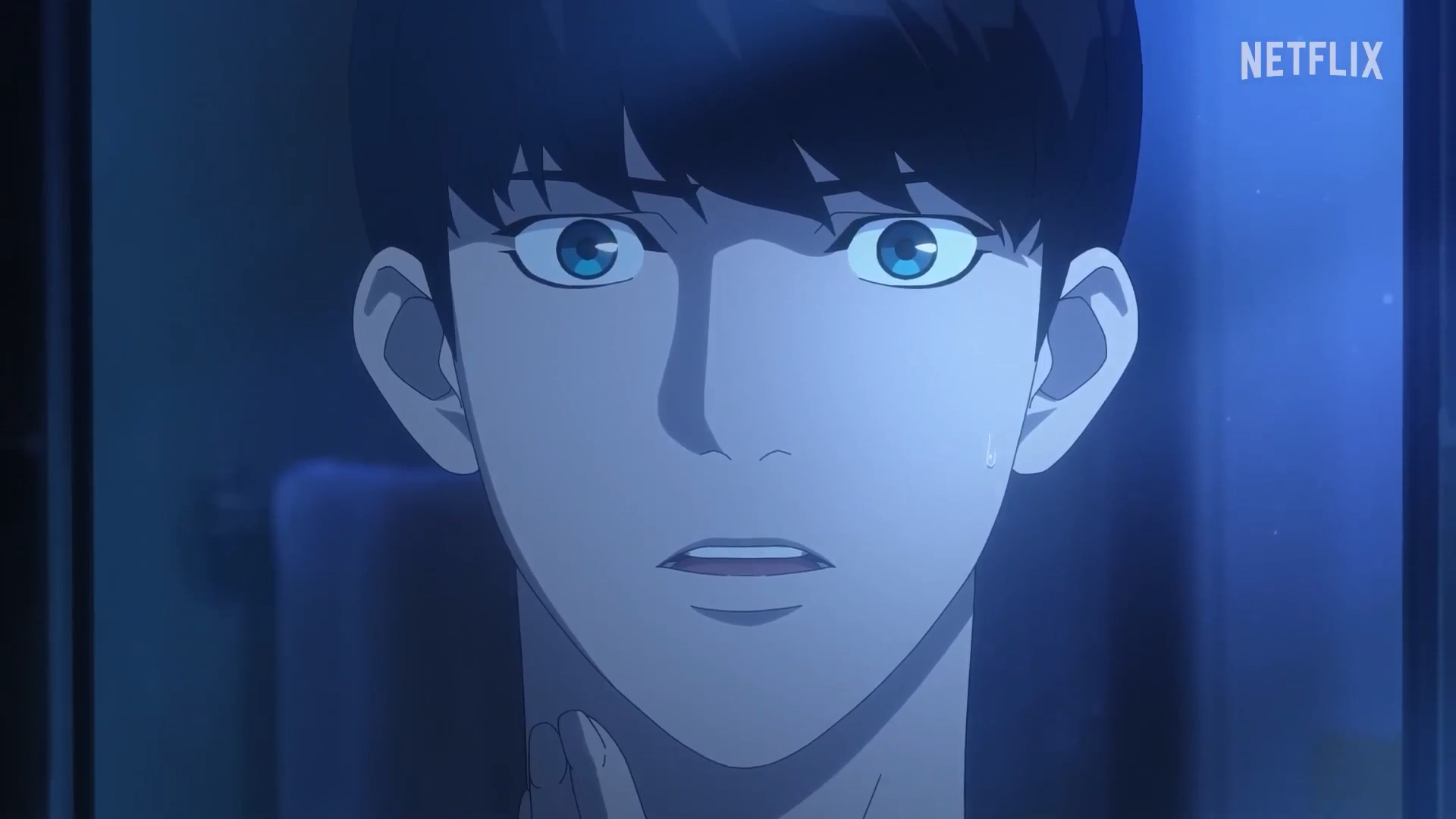
“Lookism” serves as a commentary on contemporary societal issues, including beauty standards, social hierarchies, and the prevalence of appearance-based discrimination. By portraying the harsh realities faced by individuals of varying appearances, the webtoon prompts readers to critically examine societal norms and challenge the status quo.
The protagonist of the series, Hyung-suk experiences life from two different perspectives after his transformation into Daniel Park. As Hyung-suk, he struggles with bullying and low self-esteem, while as Daniel, he grapples with the pressures of maintaining his facade of perfection. Through his journey, Hyung-suk learns to embrace his true identity and confront the injustices of appearance-based discrimination.
Jay is a popular and charismatic student who befriends both Hyung-suk and Daniel. Despite his outward confidence, Jay harbors insecurities about his family background and struggles with societal expectations. Through his friendship with Hyung-suk, Jay learns to confront his vulnerabilities and find strength in his authentic self.
Zack is a former gang member with a troubled past who forms a close bond with Hyung-suk. Despite his intimidating appearance, Zack possesses a kind heart and unwavering loyalty to his friends. Through his experiences with Hyung-suk and Daniel, Zack learns to overcome his prejudices and embrace the value of friendship and acceptance.

“Lookism” features distinctive artwork characterized by clean lines, expressive character designs, and dynamic panel layouts. Park Tae-joon’s illustrations effectively convey the emotions and personalities of the characters, capturing both the humor and poignancy of the story. The webtoon’s use of visual storytelling enhances the reader’s immersion in the narrative, making it easy to empathize with the characters’ struggles and triumphs.
“Lookism” is a compelling and thought-provoking webtoon that challenges readers to confront their perceptions of appearance, identity, and societal norms. Through its engaging storyline, diverse characters, and exploration of complex themes, the series offers valuable insights into the human experience and the importance of empathy, acceptance, and self-acceptance.
With its powerful message of resilience, friendship, and self-discovery, “Lookism” resonates with readers of all ages and backgrounds, inspiring reflection, empathy, and positive change. As the series continues to entertain audiences worldwide, it serves as a reminder of the transformative power of compassion and understanding in a world where appearances often deceive.
16. My Hero Academia
“My Hero Academia” is a shining beacon in modern anime, a story that transcends the boundaries of its genre to deliver a tale of heroism, friendship, and the indomitable human spirit. Created by Kohei Horikoshi, this Japanese superhero manga series has captured the hearts of millions worldwide since its serialization in 2014.
With its richly developed world, diverse cast of characters, and themes that resonate deeply with audiences of all ages, “My Hero Academia” has become a cultural phenomenon, inspiring multiple anime adaptations, films, video games, and a fervent fanbase.
The series is set in a world where nearly 80% of the population possesses superpowers known as “Quirks.” In this society, heroes use their Quirks to protect the innocent from villains who use their powers for nefarious purposes. The story follows Izuku Midoriya, a Quirkless boy who dreams of becoming a hero despite his apparent disadvantage.
Everything changes for Izuku when he encounters his idol, the legendary hero All Might. Witnessing Izuku’s unwavering courage and determination, All Might bestows upon him his own Quirk, “One For All,” setting Izuku on the path to realizing his dream. Enrolling in U.A. High School, a prestigious academy for aspiring heroes, Izuku faces various challenges and adversaries as he trains to become the symbol of peace he aspires to be.
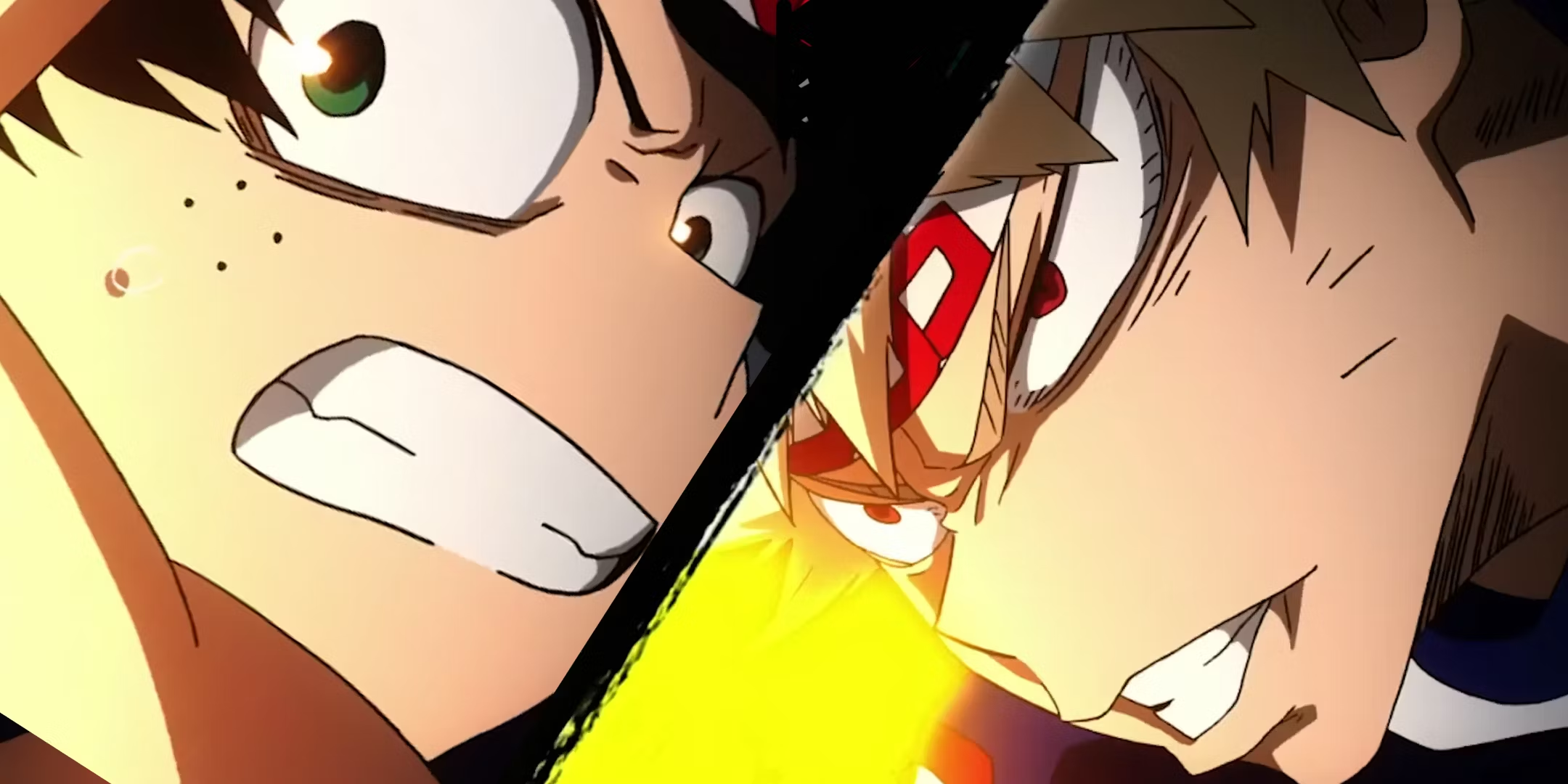
As the series progresses, Izuku forms friendships confronts powerful villains, and learns valuable lessons about heroism, sacrifice, and the true meaning of strength. Alongside his classmates, each with their own unique Quirks and personal struggles, Izuku navigates the complexities of hero society while facing the looming threat of darkness that threatens to engulf the world.
“My Hero Academia” explores a multitude of themes that resonate deeply with its audience, touching on universal truths and struggles that extend far beyond the confines of its fictional world.
At its core, “My Hero Academia” is a story about the power of determination and perseverance in the face of adversity. Izuku Midoriya embodies these qualities, rising above his limitations and proving that true heroism comes from within.
The bonds of friendship forged between Izuku and his classmates serve as a driving force throughout the series. From facing formidable foes together to providing emotional support in times of need, these friendships illustrate the strength that comes from unity and solidarity.
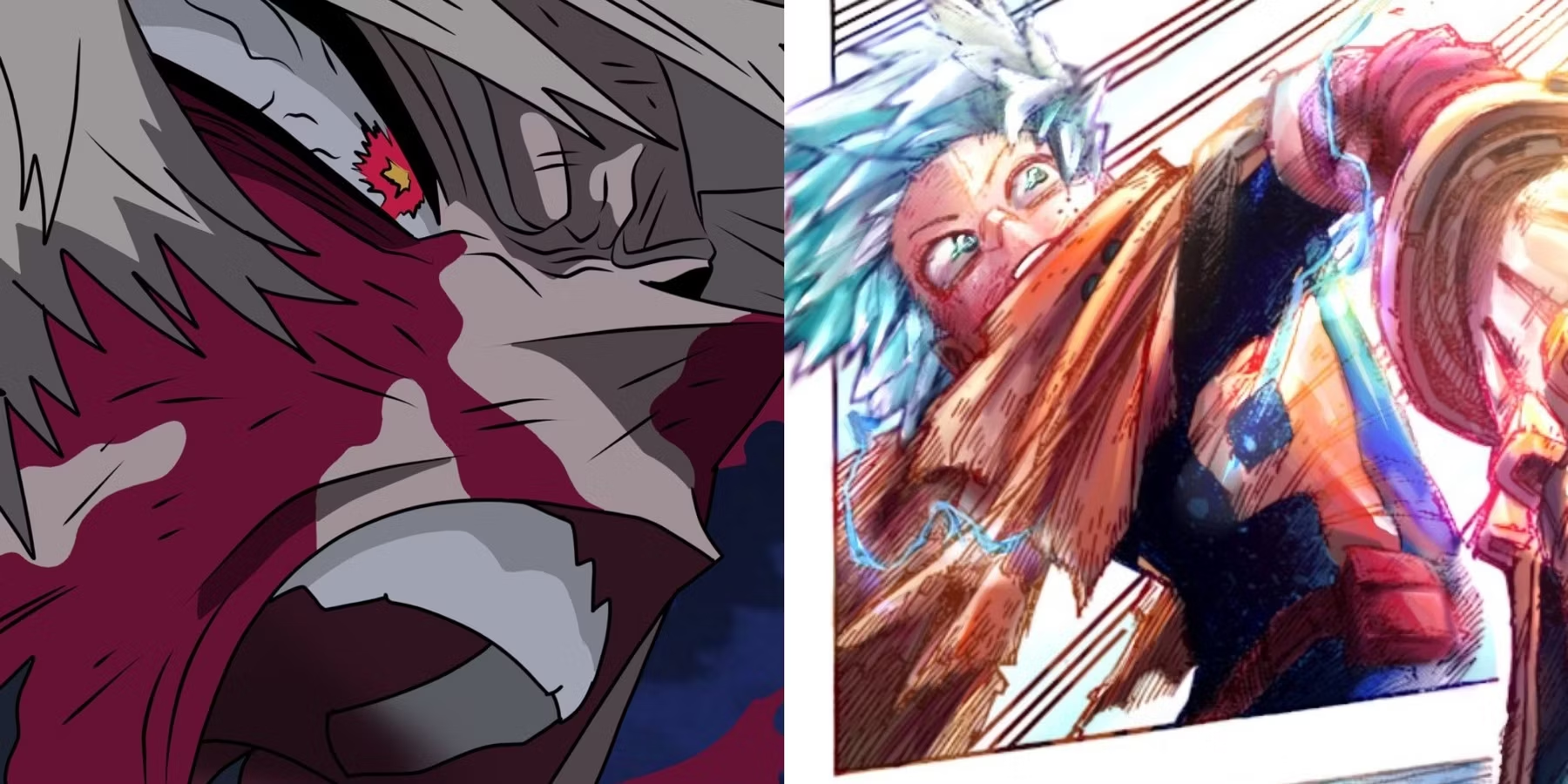
The heroes of “My Hero Academia” consistently demonstrate acts of courage and selflessness, putting their lives on the line to protect others. The series explores the sacrifices heroes make and the profound impact these sacrifices have on both themselves and those they strive to protect.
Many characters in “My Hero Academia” grapple with questions of identity and self-discovery as they navigate the complexities of hero society. From confronting their past traumas to embracing their unique abilities, these characters go on personal journeys of growth and self-realization.
Throughout the series, “My Hero Academia” instills a sense of hope and inspiration in its audience, reminding viewers that even in the darkest of times, there is always a glimmer of light to guide the way. The unwavering optimism of characters like Izuku Midoriya serves as a beacon of hope, inspiring others to believe in themselves and strive for greatness.
“My Hero Academia” boasts a rich and diverse cast of characters, each with their own distinct personalities, motivations, and struggles. The protagonist of the series, Izuku Midoriya is a kind-hearted and determined young hero-in-training. Despite initially lacking a Quirk, he possesses an unwavering resolve and a strong sense of justice, inspiring those around him with his selfless acts of heroism.
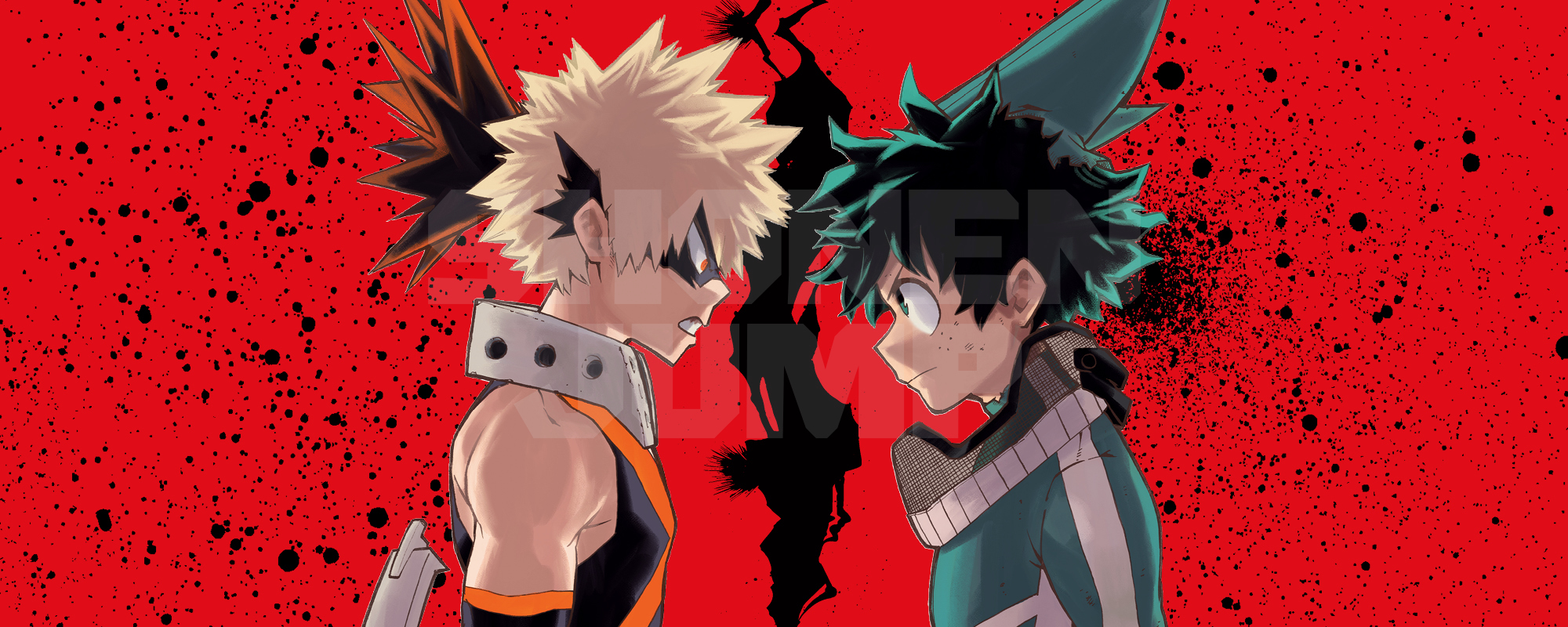
Izuku’s childhood friend and rival, Katsuki Bakugo is a fiercely competitive and hotheaded individual with explosive Quirk abilities. Despite his abrasive demeanor, Bakugo possesses a strong sense of pride and a desire to become the strongest hero.
Ochaco Uraraka is a cheerful and empathetic young hero-in-training with the ability to manipulate gravity. She befriends Izuku and shares his dream of becoming a hero, embodying the virtues of kindness and selflessness.
Shoto Todoroki is a stoic and reserved student with powerful Quirk abilities that allow him to control both fire and ice. He struggles with the weight of his family’s expectations and strives to forge his own path as a hero, free from the shadows of his past.
The symbol of peace and the world’s greatest hero, All Might is a larger-than-life figure whose unwavering resolve and indomitable spirit inspire hope in heroes and civilians alike. Despite facing his own struggles, All Might serves as a guiding light for Izuku and the next generation of heroes.
Studio BONES has done a remarkable job bringing “My Hero Academia” to life with its vibrant animation and dynamic action sequences. The character designs by Yoshihiko Umakoshi are visually striking and instantly recognizable, capturing the essence of each character’s personality and abilities.
The animation style is fluid and expressive, perfectly complementing the high-energy battles and emotional moments that define the series. From explosive Quirk-based attacks to heartwarming character interactions, the animation of “My Hero Academia” elevates the storytelling and immerses viewers in its world.
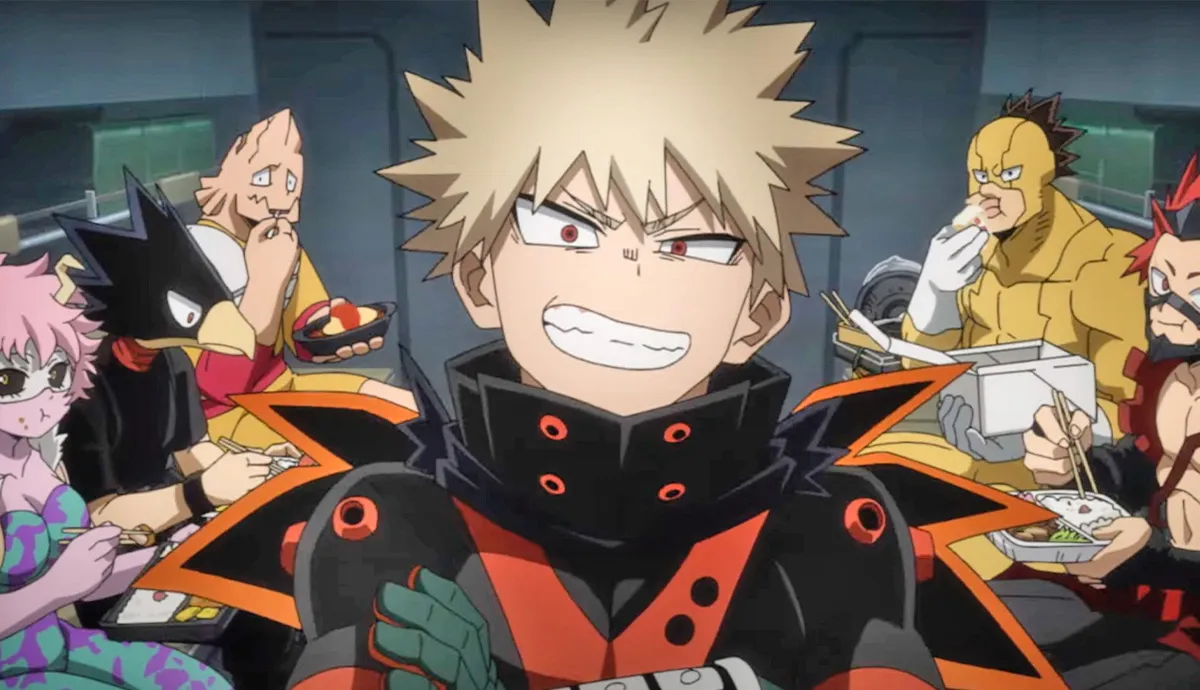
The soundtrack of “My Hero Academia,” composed by Yuki Hayashi, is a powerful and emotive accompaniment to the series’ epic battles and heartfelt moments. The music ranges from stirring orchestral pieces to adrenaline-pumping tracks that amplify the intensity of the action on screen.
The opening and ending themes, performed by various artists, capture the spirit of heroism and adventure, setting the tone for each episode. The voice acting in both the original Japanese and English dubs is superb, with talented actors bringing the characters to life with passion and authenticity.
“My Hero Academia” stands as a testament to the power of heroism, friendship, and the unwavering human spirit. With its compelling characters, richly developed world, and themes that resonate deeply with audiences of all ages, the series has left an indelible mark on anime.
As “My Hero Academia” continues to entertain viewers worldwide, it serves as a reminder that even in the face of adversity, there is always hope. Whether you’re a seasoned anime enthusiast or new to the genre, “My Hero Academia” offers a thrilling and inspiring journey that will leave you cheering for its heroes and believing in the power of dreams.
15. Oshi no Ko
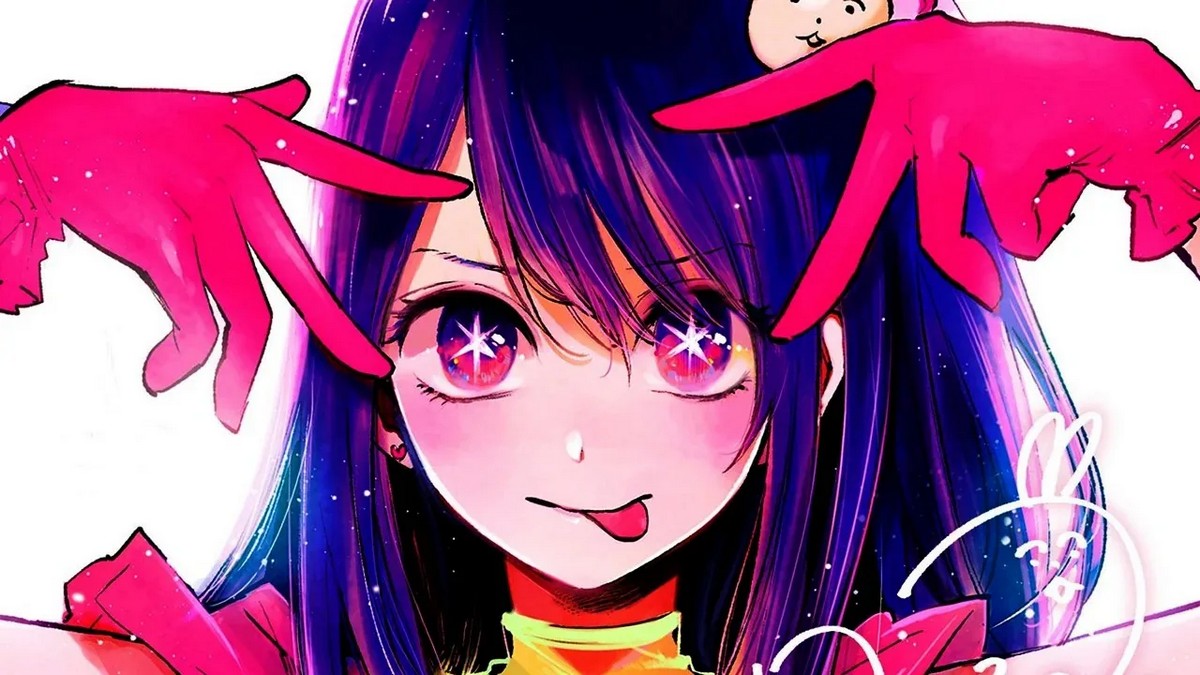
While Oshi no Ko may not fit the traditional mold of a recommendation for its portrayal of bullying, it deserves recognition for its exploration of Akane’s arc. During a reality show filming, Akane is pressured to assert herself more, leading to an unintentional confrontation with another cast member. Unfortunately, her actions are manipulated through editing to appear deliberate, resulting in relentless online harassment and bullying—a disturbingly realistic outcome.
This storyline serves as a compelling reminder that bullying extends beyond traditional settings like classrooms. In today’s world, it can manifest in various contexts such as workplaces, sports teams, romantic relationships, and even within families. Moreover, the prevalence of online forums and social media platforms has facilitated the proliferation of harassment, amplifying its impact and reach.
Despite its brief duration spanning only two episodes, Akane’s arc in Oshi no Ko stands out as a high point, shedding light on the darker aspects of the Japanese entertainment industry and the pervasive issue of cyberbullying. It serves as a poignant reflection of the challenges individuals face in navigating the complexities of modern society, where the line between reality and perception is often blurred.
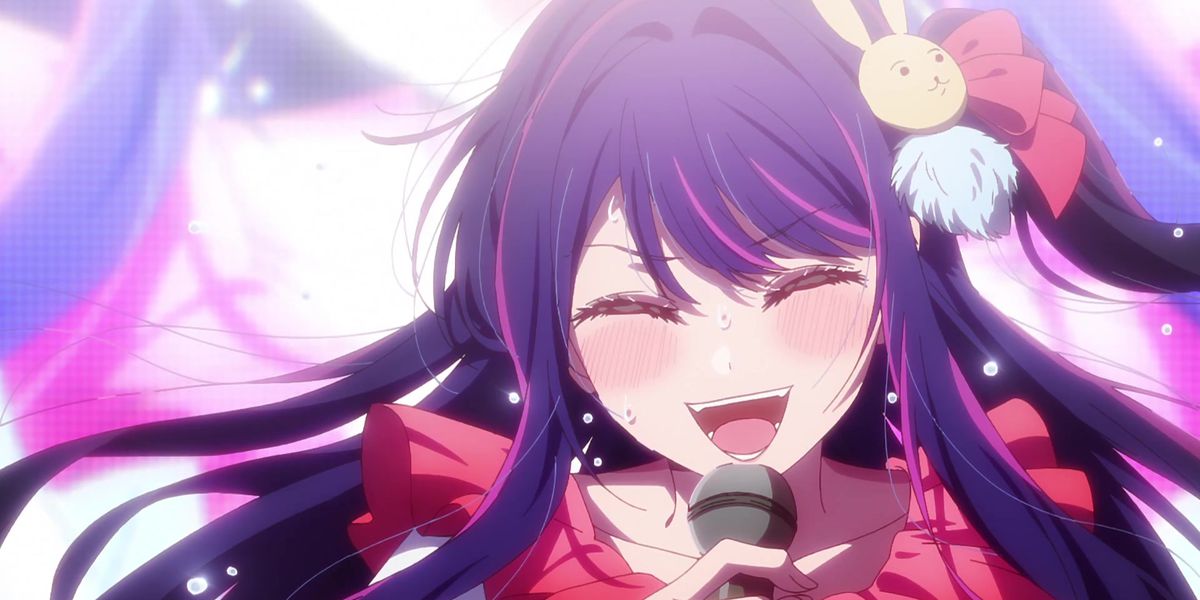
14. A Little Princess Sara

A Little Princess Sara may date back nearly four decades, but its timeless themes and poignant lessons continue to resonate today. Despite its classification as a children’s anime akin to morning cartoons, the series looks into heavy and relatable topics that remain relevant.
At the outset, Sara is portrayed as a wealthy, kind-hearted girl who enjoys favoritism. However, her life takes a drastic turn when news of her parents’ bankruptcy reaches the school principal. Suddenly, Sara finds herself thrust into adversity as attitudes towards her drastically shift.
The bullying Sara faces transcends mere taunts from insecure classmates; she becomes a target for mistreatment from adults as well. This unique form of bullying reflects a harsh reality where individuals are deemed worthless once they no longer serve a perceived utilitarian purpose.
A Little Princess Sara serves as a poignant reminder of the complexities of human relationships and the challenges individuals face in navigating societal expectations. Despite its age, the series remains a compelling exploration of resilience, empathy, and the enduring power of kindness in the face of adversity.

13. Dear Brother

Dear Brother presents a narrative akin to a high school adaptation of A Little Princess Sara, placing its protagonist, Nanako Misonoo, in a challenging environment at Seiran Academy, an all-girls school. Upon joining a sorority, Nanako discovers herself in a social hierarchy dominated by wealthy and high-status members, where she is quickly marginalized and subjected to mistreatment.
Nanako’s plight reflects the harsh realities of social dynamics, as she becomes a target for bullying due to her impoverished background and lack of popularity. The series wastes no time in establishing its tone and central theme—a psychological drama centered around the struggles of a young girl grappling with bullying and societal pressures.
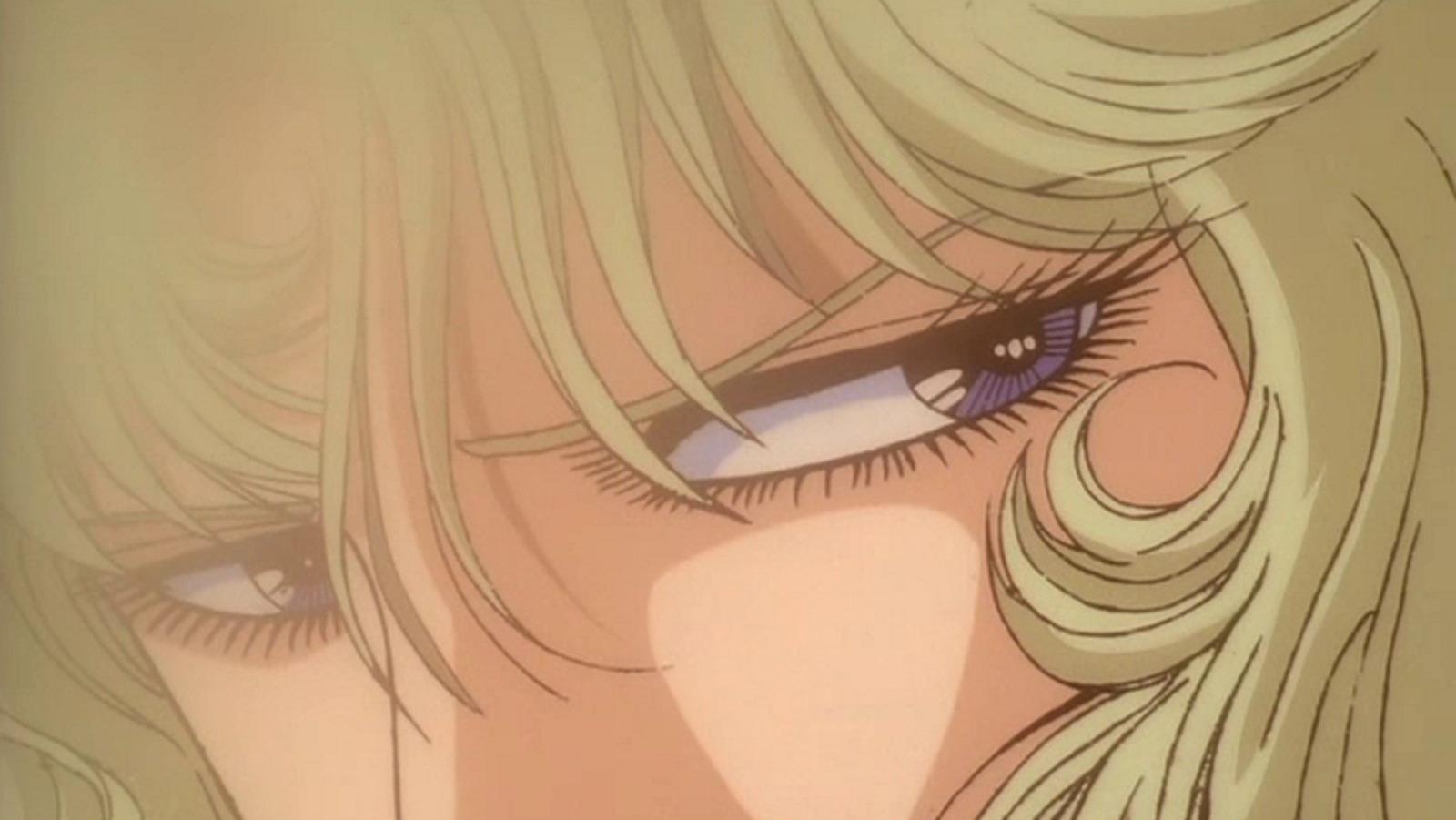
12. Eyeshield 21

Eyeshield 21 presents a narrative reminiscent of Makunouchi Ippo’s journey in Hajime no Ippo, particularly in the case of its protagonist, Sena Kobayakawa. Sena, a small and timid individual, endures constant bullying and adopts a strategy of evading his tormentors to survive school. Interestingly, this practice inadvertently hones his skills in dodging and evasive maneuvers, attributes that prove invaluable when he discovers his talent for American Football.
Scouted for his exceptional abilities, Sena swiftly rises to become the MVP of his school’s varsity team. His transformation not only inspires his former bullies to better themselves but also earns him accolades for his resilience and determination. The anime commendably showcases how Sena’s experiences of adversity ultimately contribute to his growth and success.
Moreover, Eyeshield 21 is laudable for its portrayal of how the American Football team embraces individuals with unique skills, providing them with a sense of belonging and acceptance that they may not find elsewhere. This celebration of diversity and inclusion sets the series apart, offering a heartwarming portrayal of camaraderie and personal development within the sports.

11. Great Teacher Onizuka
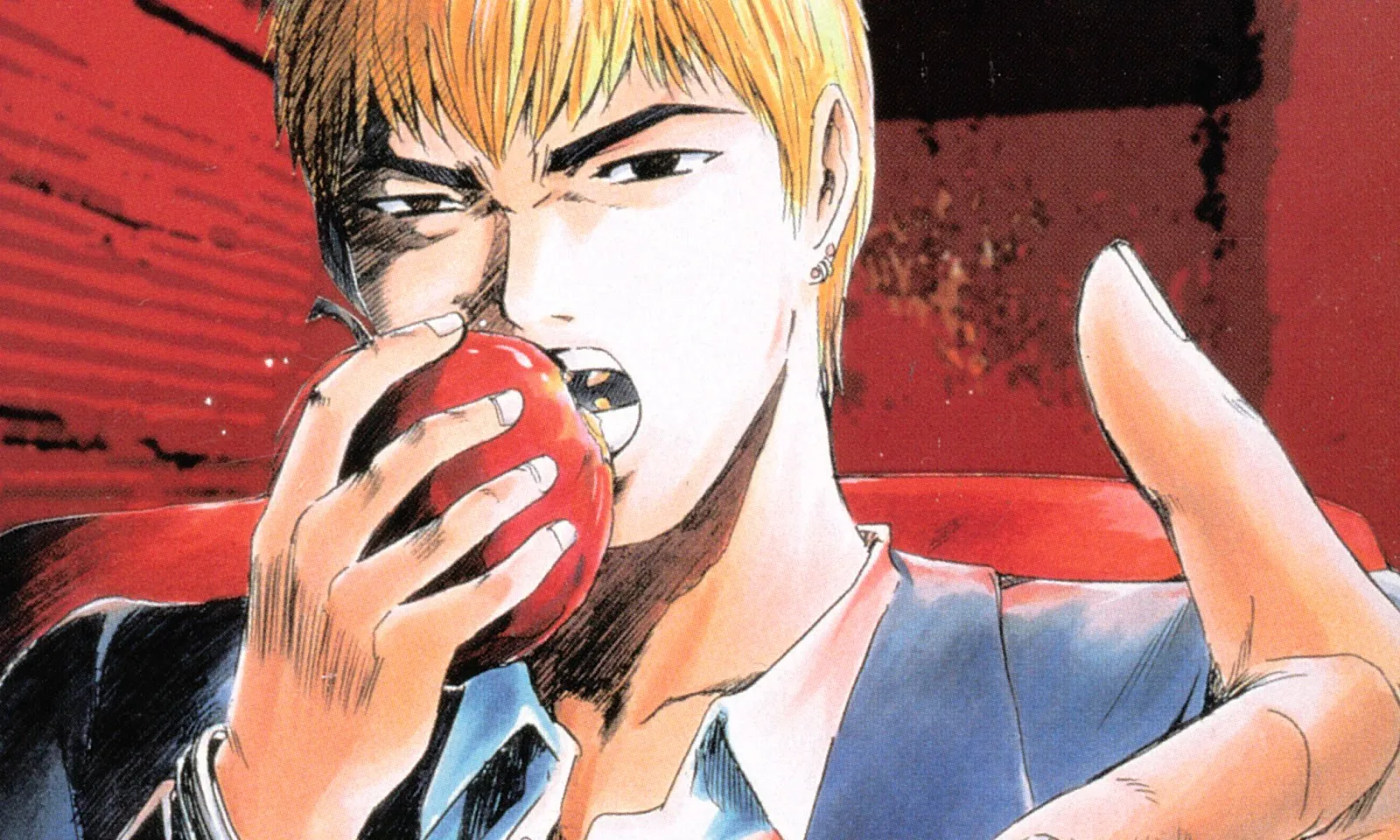
Great Teacher Onizuka follows the journey of Eikichi Onizuka, a former delinquent and Yakuza gang member who undergoes a transformative journey to become an educator. Initially motivated by self-interest and a desire to be closer to young women, Onizuka’s perspective shifts as he witnesses the challenges faced by today’s youth and the failings of the education system.
As Onizuka immerses himself in his role as a teacher, he takes on the responsibility of addressing his students’ social and emotional problems head-on. A significant portion of these issues revolves around bullying, a theme that the anime handles with sensitivity and depth. Rather than simply vilifying the bullies, Great Teacher Onizuka recognizes them as victims of their own circumstances, often stemming from poor parenting or broader social issues.
Onizuka’s approach to tackling bullying is multifaceted; he not only provides support and protection to the bullied students but also endeavors to understand and address the root causes of the behavior. Through his unconventional methods and unwavering dedication, Onizuka offers his students the confidence and guidance they need to navigate their challenges and overcome adversity.
Great Teacher Onizuka offers a fascinating exploration of the human condition, presenting a nuanced portrayal of societal issues through the eyes of a former gangster turned mentor. It serves as a testament to the transformative power of empathy, understanding, and the belief in the potential for redemption and growth in every individual.
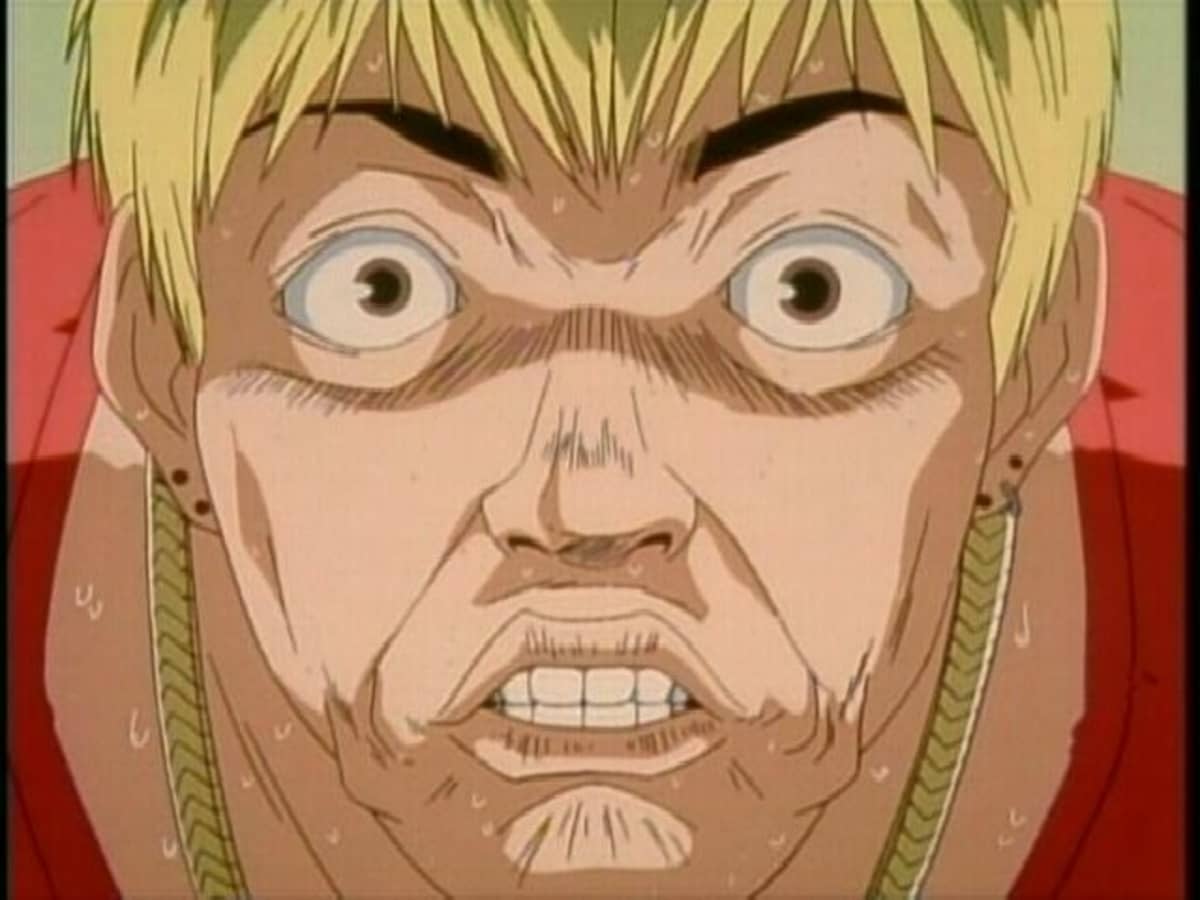
10. A Silent Voice
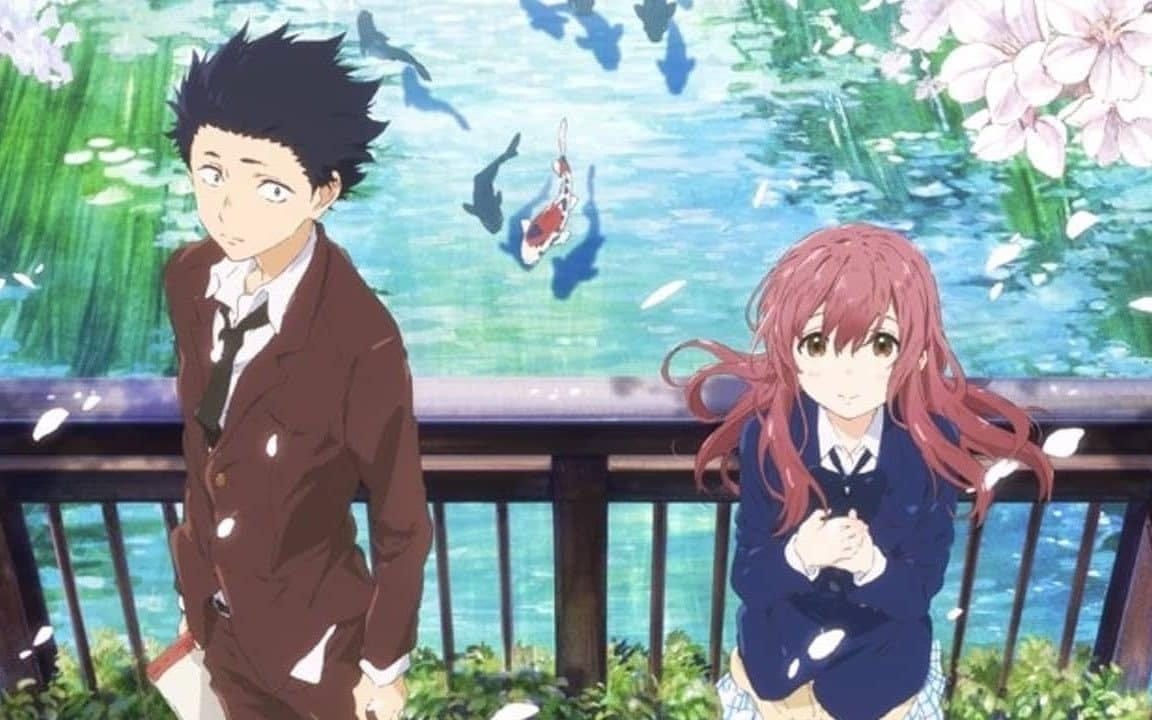
A Silent Voice, or Koe no Katachi, looks into the complexities of bullying through the story of Shouya Ishida, who bullies his deaf classmate, Shouko Nishimiya. The repercussions of Ishida’s actions linger long after he ceases his bullying behavior, impacting both himself and those involved.
One of the standout aspects of A Silent Voice is its exploration of the impact of bullying on the perpetrator. Despite eventually ceasing his bullying, Ishida grapples with profound guilt and self-loathing as a teenager and young man, haunted by the memories of his childhood transgressions against Nishimiya. The film sensitively portrays Ishida’s internal struggles, offering a poignant examination of the psychological toll that bullying can take on the bully themselves.
Moreover, A Silent Voice adeptly navigates the broader consequences of bullying on all parties involved, shedding light on the lasting emotional scars it can leave on victims, perpetrators, and bystanders alike. Through its nuanced portrayal of the characters’ experiences and emotions, the film encourages viewers to reflect on themes of forgiveness, redemption, and the complexities of human relationships.
A Silent Voice is laudable for its thought-provoking exploration of bullying and its aftermath, highlighting the importance of empathy, understanding, and personal growth in overcoming past mistakes and forging meaningful connections with others.

9. Hell Girl

Hell Girl provides a chilling portrayal of bullying and the dark consequences that can arise from it. The anime effectively captures the intense emotions and grudges that can build up when someone is subjected to bullying, ultimately culminating in a disturbing exploration of vengeance.
Unlike many other narratives, Hell Girl does not offer direct positive resolutions or counterbalances to bullying. Instead, it portrays a grim reality where victims may resort to vengeful behavior as a means of seeking justice and closure. While this approach may be unsettling, it reflects the harsh reality of the psychological toll that bullying can exact on individuals.
Despite its bleak portrayal, Hell Girl still conveys a strong anti-bullying message. By highlighting the extreme lengths to which victims may go to confront their tormentors, the anime serves as a cautionary tale about the profound impact of bullying and the importance of addressing it proactively.
Furthermore, the depiction of supernatural intervention in the form of the Hell Correspondence system underscores the desperation and helplessness felt by victims of bullying. It suggests that if given the opportunity, some bullied individuals may indeed seek revenge against their tormentors.
In this way, Hell Girl offers a thought-provoking commentary on the complexities of bullying and its far-reaching consequences. While it may not provide a straightforward solution, its portrayal serves as a stark reminder of the need for empathy, understanding, and proactive measures to combat bullying in all its forms.
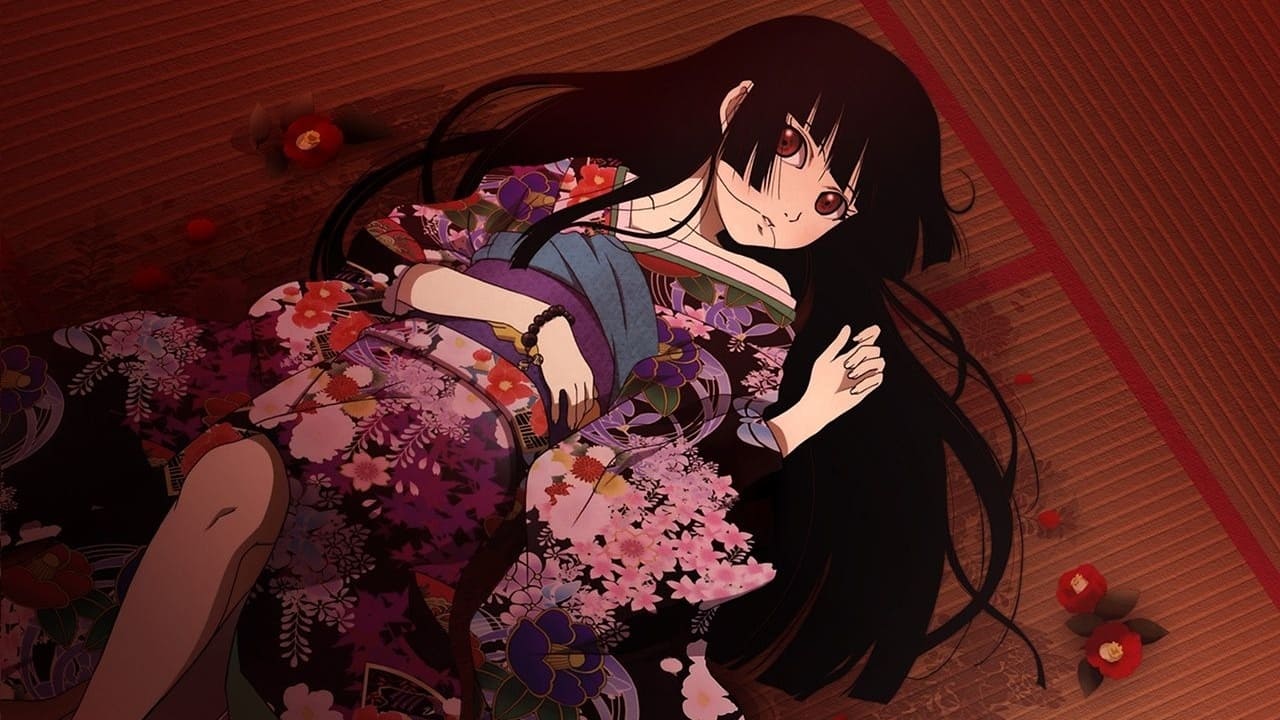
8. Naruto

Before rising to become the formidable ninja of Konoha that we know, Naruto Uzumaki endured a tumultuous childhood marked by hardship and isolation. As an orphan harboring a powerful demon within him capable of cataclysmic destruction, Naruto faced ostracization from his community, leaving him with few, if any, friends and subjected to the cruel indifference of his fellow villagers.
The ostracization Naruto experiences is a form of bullying that takes a toll on his emotional well-being throughout the series. Despite the adversity he faces, Naruto’s resilience and inner strength shine through, ultimately propelling him towards his destiny as a powerful ninja.
While Naruto’s struggles may fade into the background as he matures into a symbol of strength and determination, it’s essential to remember the challenges he overcame in his formative years. His journey from outcast to hero serves as a testament to the power of perseverance and emotional intelligence, inspiring audiences with his unwavering resolve.
Indeed, Naruto’s growth and eventual recognition in Boruto serve as a satisfying testament to his journey, highlighting the transformative impact of his experiences and the triumph of his character.
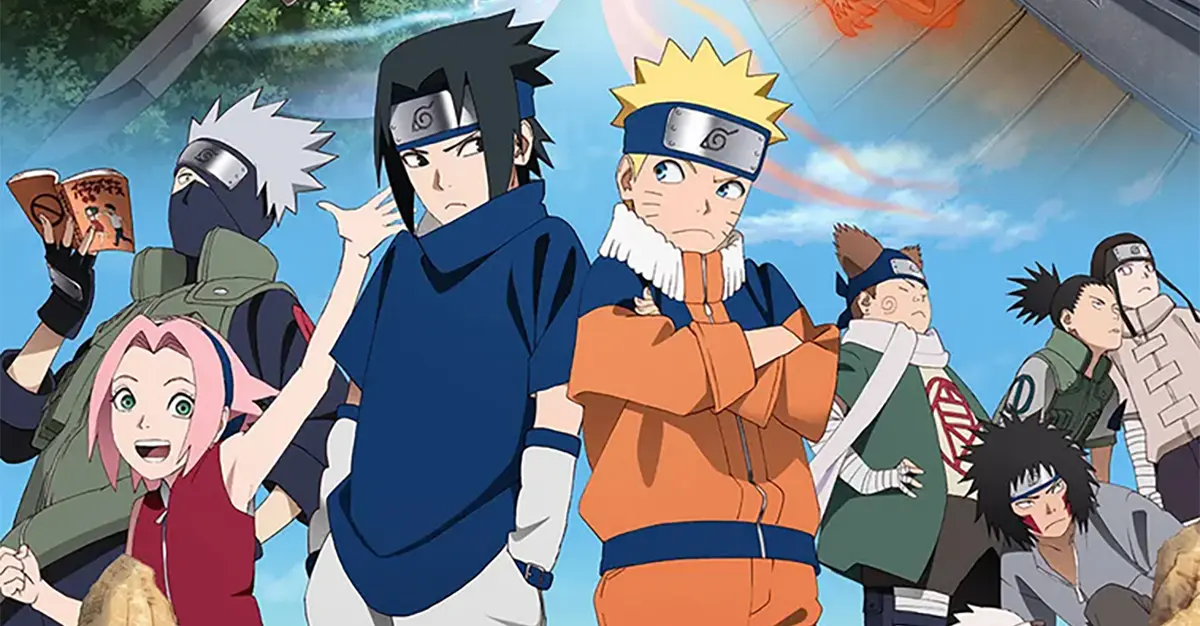
7. Fruits Basket
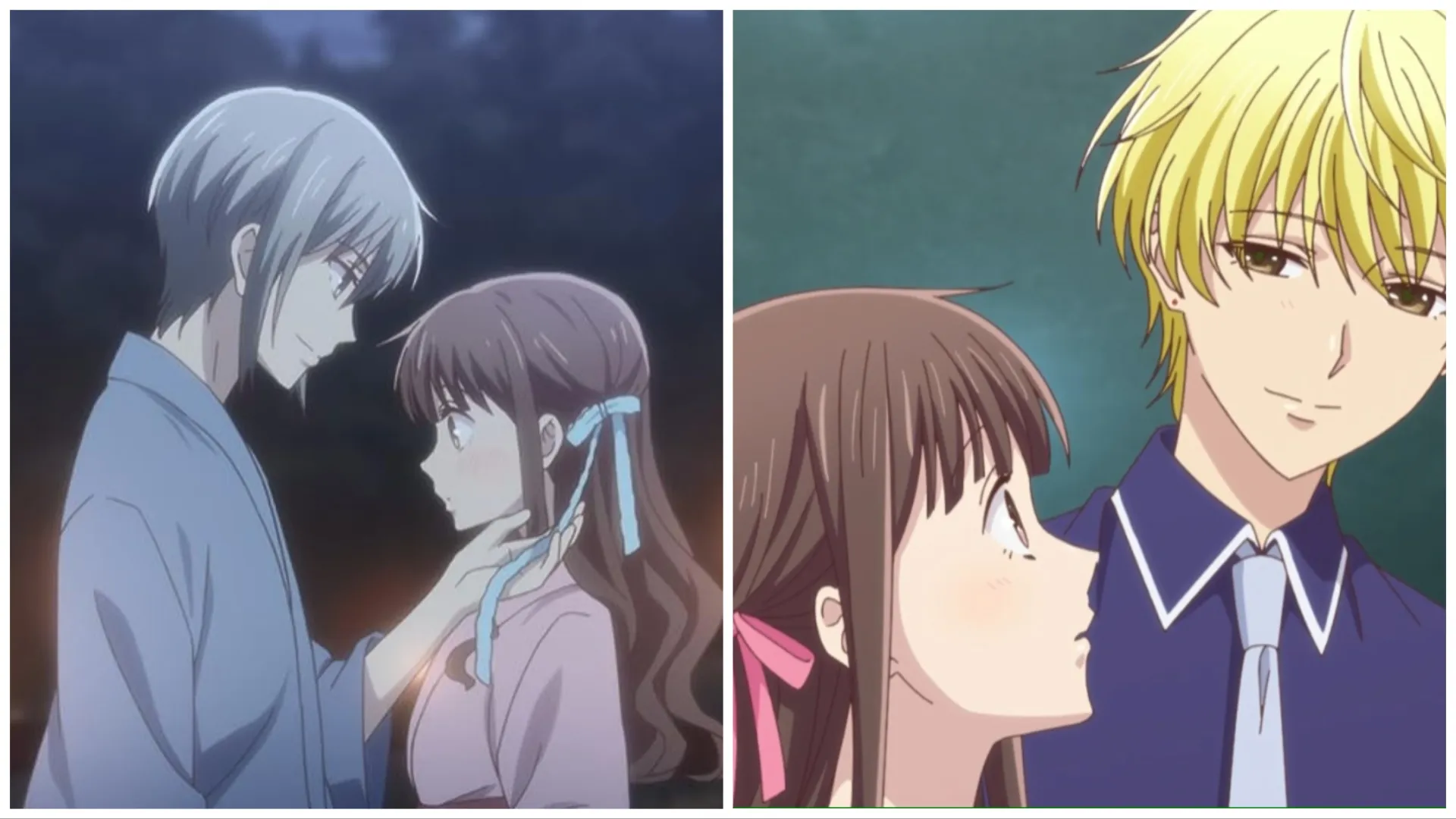
Fruits Basket stands out for its remarkable ability to traverse a wide spectrum of emotions, themes, and genres with masterful precision. Bullying serves as a central subject within the manga, intricately woven into its narrative and even reflected in its title, which alludes to an innocent school game that symbolizes Tohru’s childhood isolation.
The series goes beyond traditional portrayals of bullying, going into various forms of harmful relationships that extend beyond school dynamics. Perhaps most infuriating is Akito’s manipulation of the other zodiac members, particularly his toxic relationship with Yuki. Additionally, characters like Saki Hanajima have their backstories shaped by experiences of bullying, highlighting the lasting impact it can have on individuals.
The portrayal of the Yuki’s Fan Club’s obsessive behavior also underscores the theme of harassment, as they relentlessly pursue their idol without regard for his boundaries or well-being.
Through its multifaceted exploration of bullying and its effects on individuals and relationships, Fruits Basket offers a poignant reflection on the complexities of human interaction and the enduring impact of emotional trauma.
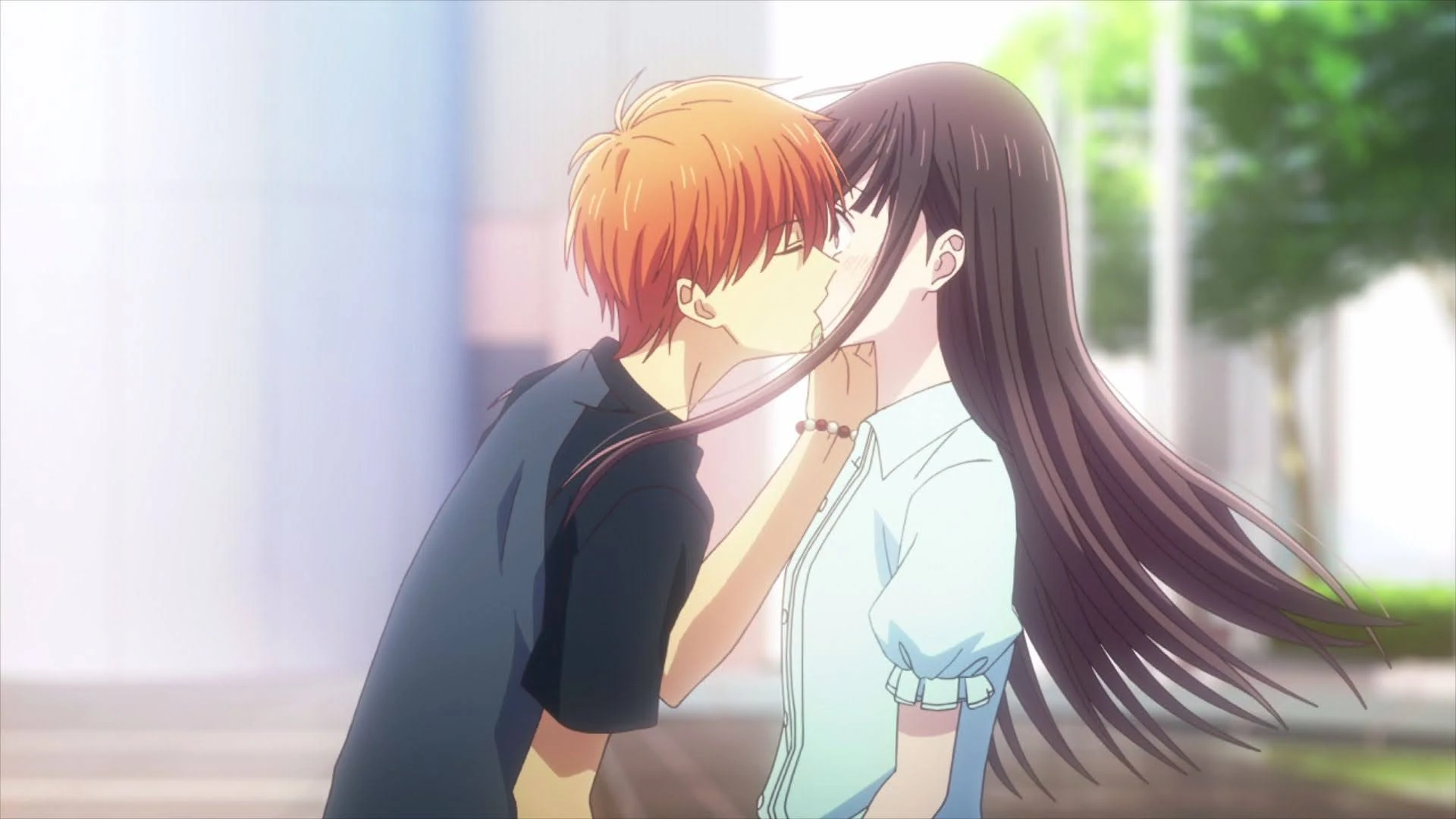
6. March Comes In Like A Lion
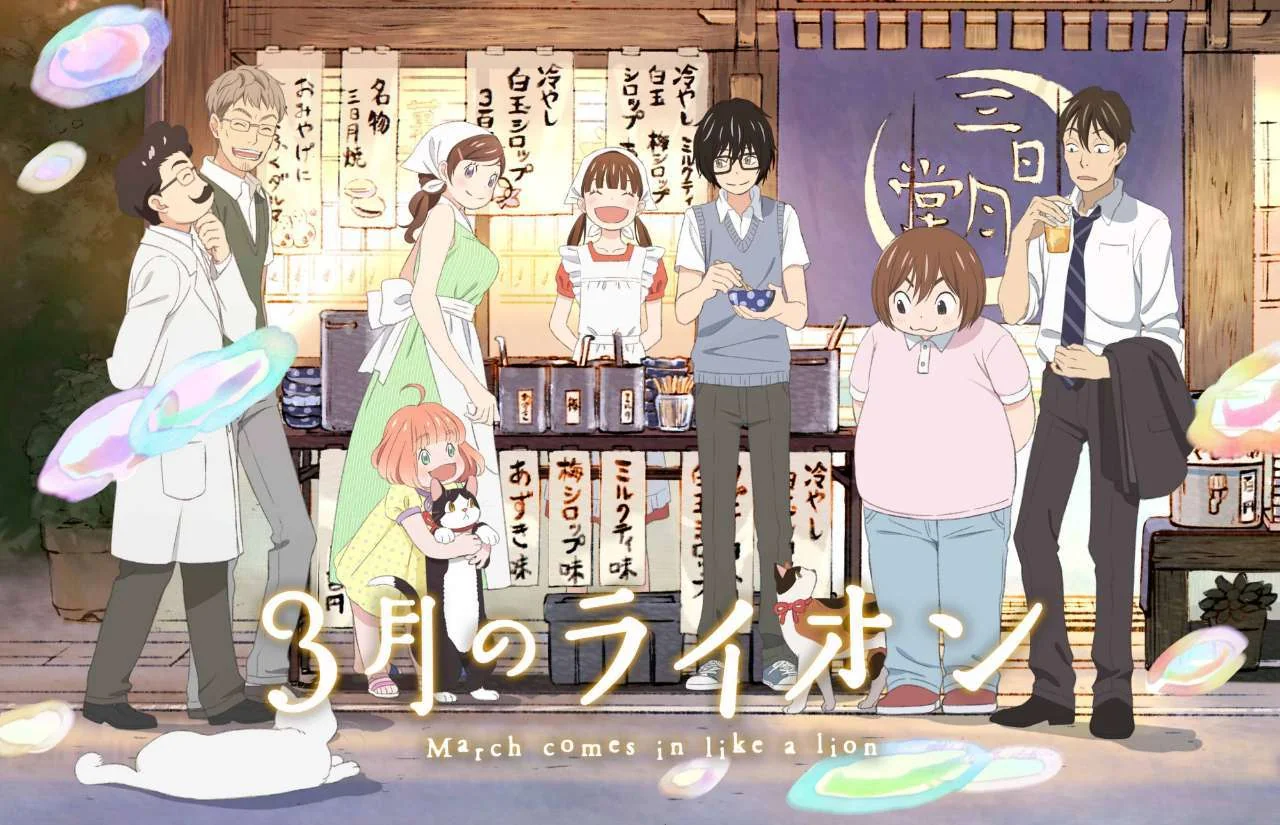
While the first season of March Comes In Like A Lion primarily focuses on shogi, the second season looks deeper into character development, particularly exploring the backstory of Hina. Initially introduced as a side character, Hina’s narrative takes center stage as the series shines a spotlight on her struggles with bullying.
Hina’s troubles begin when she bravely stands up for her friend who is being bullied, only to become the target of the bullies’ retaliation herself. Despite facing adversity, Hina’s response is characterized by unwavering conviction. She stands firm in her belief that she did the right thing, refusing to succumb to regret or self-doubt.
This pivotal storyline highlights the profound impact of bullying on individuals and underscores the importance of standing up for what is right, even in the face of adversity. Hina’s courage and resilience serve as an inspiring example, resonating with viewers as they witness her journey of self-discovery and growth.
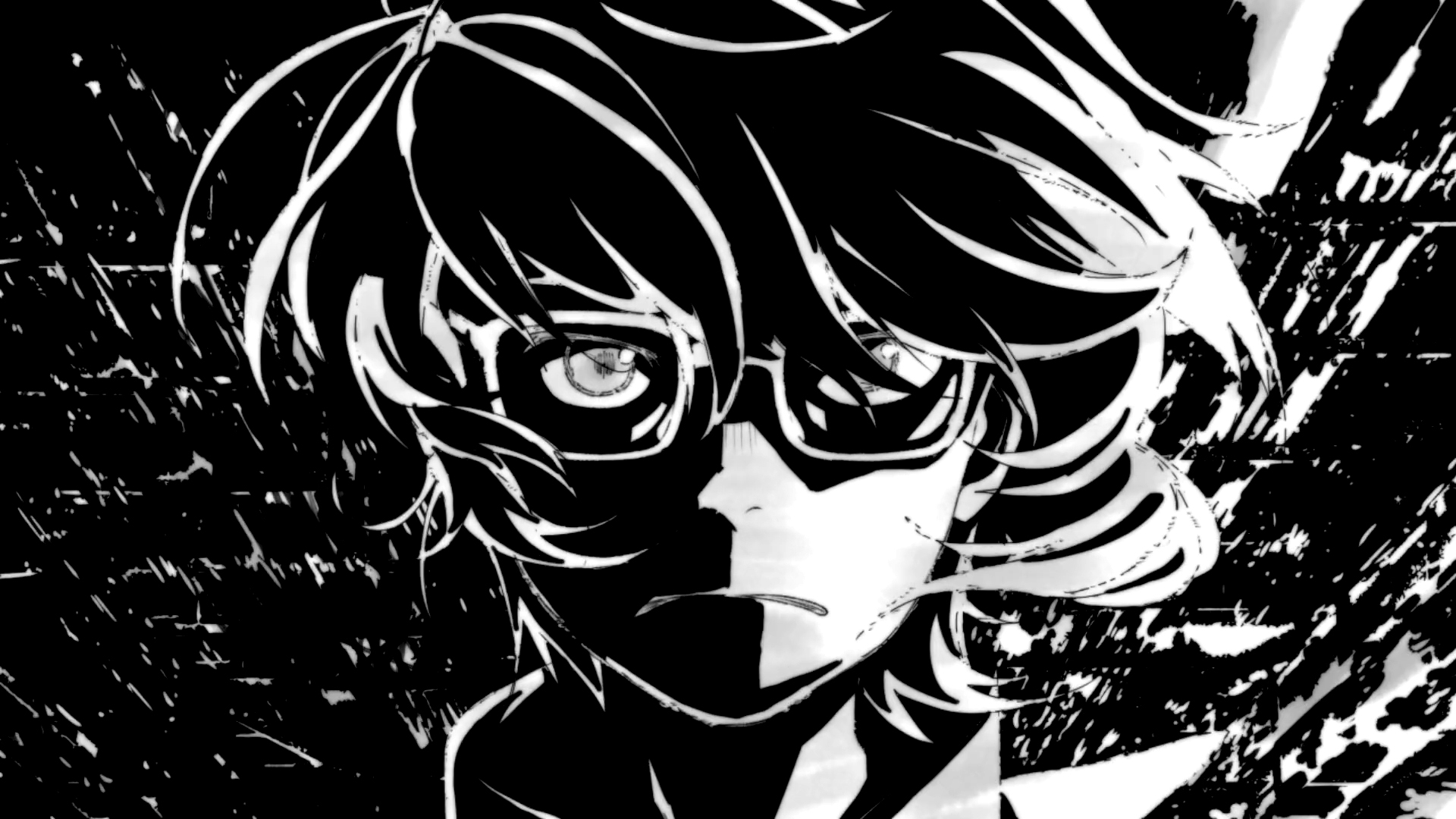
5. My Clueless First Friend

Spring 2023 introduces a standout anime tackling the sensitive issue of bullying with unexpected wholesomeness: My Clueless First Friend. Despite its grounded depiction of bullying, the series manages to weave a heartwarming narrative centered around the unlikely friendship between Akane and Taiyou.
At Akane’s elementary school, she is unfairly labeled the Grim Reaper, enduring constant teasing and isolation from her peers. However, the arrival of Taiyou, a relentlessly optimistic and imaginative boy, marks a turning point in Akane’s life. Taiyou’s directness and positivity draw him to Akane, and they quickly form a genuine connection built on mutual respect.
What sets My Clueless First Friend apart is Taiyou’s unique approach to confronting bullies. Rather than succumbing to their taunts, he uses logic to cleverly deflect their comments, a tactic that proves immensely satisfying for viewers. His unwavering support for Akane and his ability to challenge the bullies’ behavior demonstrates the power of empathy and resilience in overcoming adversity.
Through the evolving friendship between Akane and Taiyou, My Clueless First Friend offers a poignant exploration of the transformative impact of genuine connection and understanding. Despite the dark subject matter, the series ultimately delivers a message of hope and resilience, reminding viewers of the importance of standing up for what is right and supporting those in need.
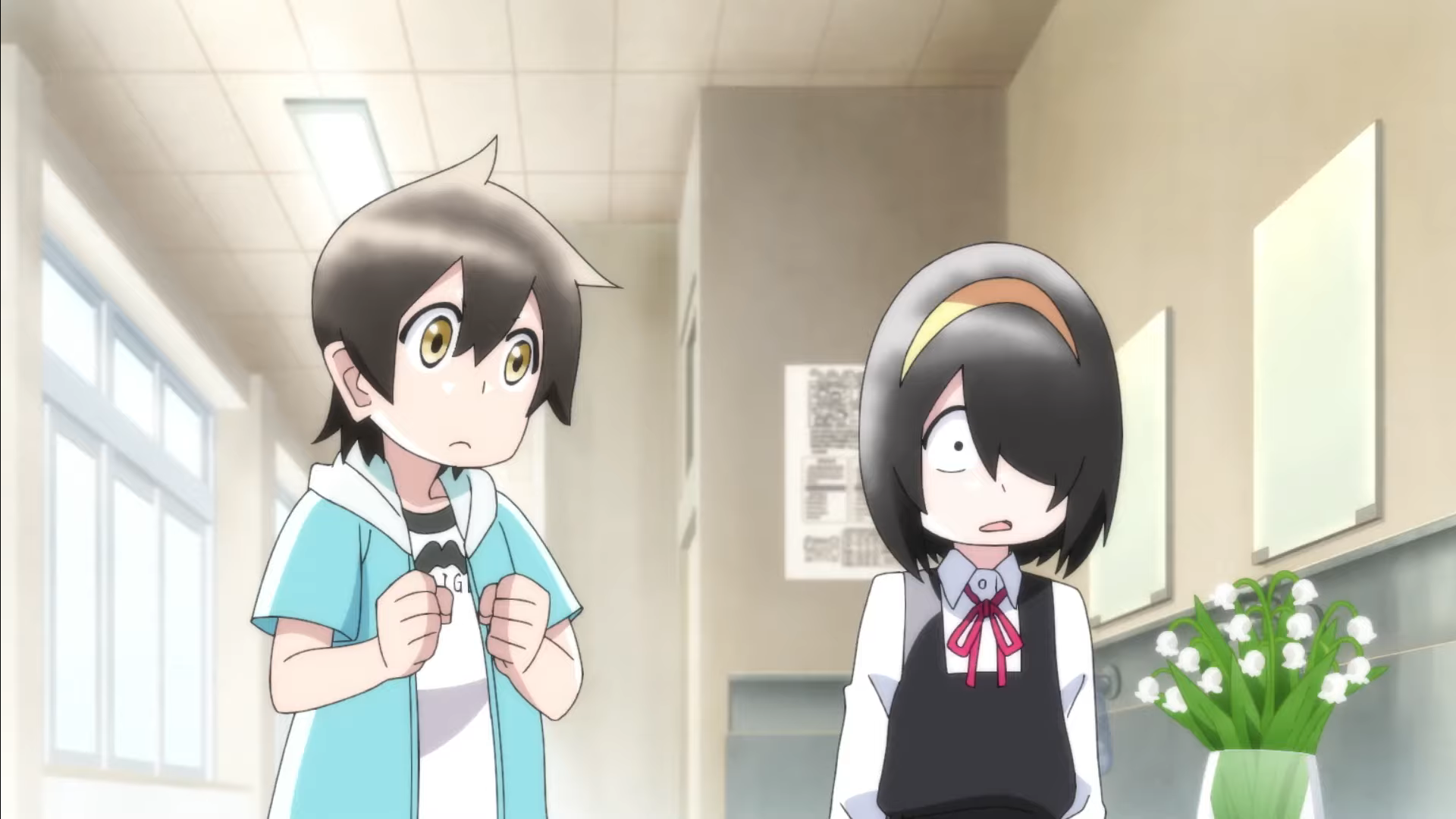
4. Peach Girl
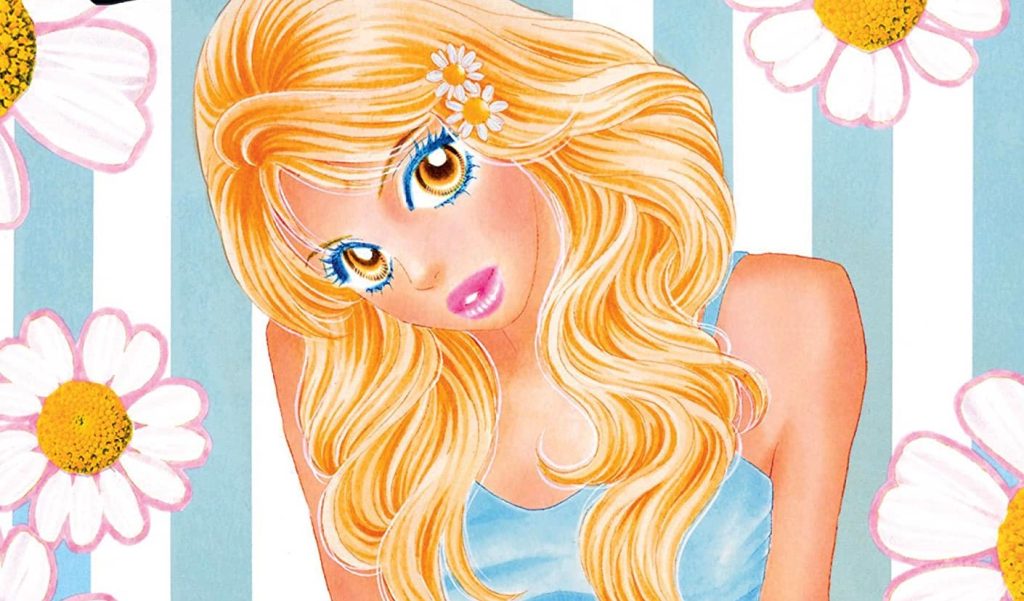
Peach Girl looks into a different facet of bullying, one rooted in the insecurities of the perpetrator. The protagonist, Momo Adachi, finds herself caught in the crosshairs of bullying fueled by societal beauty standards and the toxic dynamics of high school friendships.
Momo’s predicament arises from her crush’s preference for pale-skinned girls, leading her to undergo a drastic transformation to conform to these standards. However, her efforts to reinvent herself only serve to exacerbate the bullying she faces, as her supposed friends betray her trust and spread rumors about her promiscuity.
The anime skillfully navigates the complexities of teenage romance and the challenges of navigating unfair beauty standards and toxic peer relationships. Through Momo’s experiences, Peach Girl sheds light on the damaging effects of bullying driven by insecurity and the pervasive influence of societal norms on individual self-esteem and identity.
Ultimately, Peach Girl serves as a poignant reminder of the importance of self-acceptance and resilience in the face of adversity. It encourages viewers to challenge harmful beauty standards and toxic social dynamics while emphasizing the power of genuine friendship and self-confidence in overcoming bullying.

3. Bottom-Tier Character Tomozaki
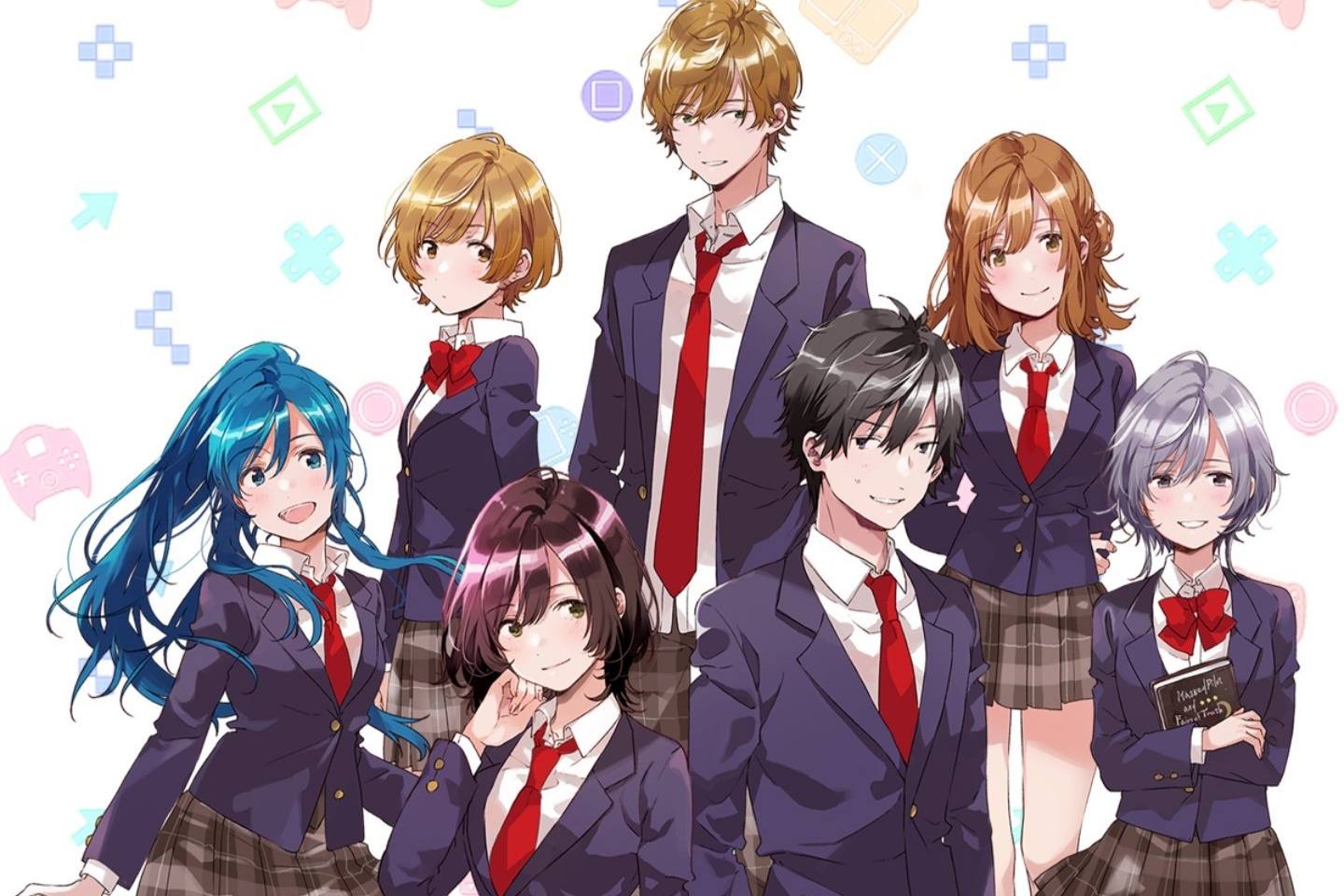
Bottom-Tier Character Tomozaki made its debut in 2021, introducing viewers to the introverted gamer Tomozaki and his unconventional mentor, Aoi, who sees life as a game to be mastered. The first season of the show offers a fun blend of slice-of-life and drama, focusing on the dynamic between these two intriguing yet somewhat flawed characters as Tomozaki undergoes personal growth with Aoi’s guidance.
In Season 2, the series takes a more serious turn as it dedicates several episodes to a bullying case unfolding in Tomozaki and Aoi’s class. Erika, feeling resentful after her crush starts dating someone else, directs her frustration towards Hanabi, an outspoken girl who struggles to connect with her peers. As Hanabi’s aggressive reactions only worsen the situation, Tomozaki steps in to mentor her, helping her adjust her behavior in hopes of garnering support from their classmates.
Bottom-tier character Tomozaki handles this sensitive subject with commendable sensitivity, using the bullying arc to flesh out previously one-dimensional characters and look into their complexities. Hanabi emerges as a more likable and relatable figure, while Tomozaki continues to evolve, incorporating Aoi’s teachings into his own optimistic outlook on life.
Though the storyline may feel repetitive at times, it ultimately builds towards a satisfying conclusion, highlighting the importance of empathy, understanding, and personal growth in overcoming adversity. Through its exploration of bullying and its aftermath, Bottom-Tier Character Tomozaki offers valuable insights into the human experience, emphasizing the transformative power of compassion and resilience.
“Bottom-Tier Character Tomozaki” is a Japanese light novel series written by Yūki Yaku and illustrated by Fly. The series, which began serialization in 2016, has since been adapted into manga and anime formats. It tells the story of Fumiya Tomozaki, a high school student who excels at the online game “Attack Families” but struggles with social interactions in real life.
Through his encounters with the popular and seemingly perfect Aoi Hinami, Tomozaki goes on a journey of self-discovery and personal growth. With its relatable characters, insightful commentary on social dynamics, and themes of friendship and self-improvement, “Bottom-Tier Character Tomozaki” offers a compelling and uplifting narrative.
The story follows Fumiya Tomozaki, an introverted high school student who is regarded as a “bottom-tier character” in real life due to his lack of social skills and popularity. Despite his real-life struggles, Tomozaki excels at the online game “Attack Families,” where he is known by the username “Nanashi.” His proficiency in the game catches the attention of Aoi Hinami, the school’s most popular and accomplished student, who also happens to be the top-ranked player in “Attack Families.”
Hinami offers to coach Tomozaki in the art of “real-life leveling up,” teaching him strategies for improving his social skills and navigating the complexities of interpersonal relationships. As Tomozaki learns from Hinami’s guidance, he begins to challenge his own preconceptions and beliefs about himself and others. Along the way, he forms friendships with his classmates and discovers the importance of authenticity and genuine connections.
At its core, “Bottom-Tier Character Tomozaki” explores the intricacies of social interactions and the journey of self-improvement. Through Tomozaki’s experiences, the series goes into topics such as communication, empathy, and personal growth. As Tomozaki learns from Hinami’s coaching, he gains a deeper understanding of social dynamics and discovers the value of stepping outside his comfort zone to connect with others.

A central theme of the series is the importance of authenticity and staying true to oneself. As Tomozaki navigates the challenges of high school life, he grapples with questions of identity and self-expression. Through his interactions with Hinami and his classmates, Tomozaki learns to embrace his true self and express his thoughts and feelings with honesty and integrity.
“Bottom-Tier Character Tomozaki” celebrates the power of friendship and genuine connections. As Tomozaki opens up to others and allows himself to be vulnerable, he forms meaningful relationships with his classmates, including those he initially viewed as rivals or obstacles. The series highlights the importance of empathy, understanding, and mutual support in fostering authentic connections and building a sense of community.
Throughout the series, Tomozaki and his classmates confront their own biases and misconceptions about each other, learning to see beyond surface-level appearances and appreciate each other’s unique qualities. The series emphasizes the importance of acceptance and understanding in overcoming social barriers and building meaningful relationships based on mutual respect and appreciation.
“Bottom-Tier Character Tomozaki” encourages self-reflection and introspection as key components of personal growth. Through Tomozaki’s journey, the series demonstrates the transformative power of self-awareness and self-improvement, highlighting the importance of setting goals, seeking feedback, and striving for continuous self-development.
The protagonist of the series, Tomozaki is a skilled gamer who struggles with social interactions in real life. Initially cynical and disillusioned with the world around him, Tomozaki undergoes significant growth and self-discovery as he learns from Hinami’s coaching and forms friendships with his classmates.
Hinami is the school’s most popular and accomplished student, known for her intelligence, beauty, and talent. Despite her seemingly perfect exterior, Hinami harbors her own insecurities and struggles. Through her interactions with Tomozaki, Hinami reveals her vulnerable side and learns to open up to others.
Fly’s illustrations in “Bottom-Tier Character Tomozaki” are characterized by their clean lines, expressive character designs, and dynamic panel layouts. The artwork effectively conveys the emotions and personalities of the characters, enhancing the storytelling and immersing readers in the narrative. Fly’s use of visual cues and facial expressions adds depth and nuance to the characters’ interactions, allowing readers to empathize with their experiences and struggles.
“Bottom-Tier Character Tomozaki” is a nice and thought-provoking series that explores themes of social dynamics, self-improvement, and friendship with sincerity and depth. Through Tomozaki’s journey of self-discovery and personal growth, the series offers valuable insights into the complexities of adolescent relationships and the importance of authenticity, empathy, and genuine connections. With its relatable characters, insightful commentary, and uplifting narrative, “Bottom-Tier Character Tomozaki” is a must-read for fans of slice-of-life and coming-of-age stories alike.
2. Flowers of Evil

Flowers of Evil presents a unique and unconventional narrative complemented by its distinctive art style, which effectively contributes to the atmosphere and themes of the story. While the art may seem bizarre to some viewers, it aligns seamlessly with the dark and unsettling tone of the anime.
The series explores a different form of bullying, primarily psychological and manipulative in nature, as the male protagonist, Takao Kasuga, finds himself caught stealing the school heartthrob’s underwear by Sawa Nakamura. Seizing upon this opportunity, Sawa blackmails Takao into becoming her slave as a means of avoiding bullying from their peers.
However, the dynamic between Takao and Sawa quickly evolves into something more complex, revealing Sawa’s twisted nature and the impact of perceived power on her behavior. As Sawa exerts control over Takao’s life, manipulating and exploiting him for her own ends, the anime looks into themes of manipulation, obsession, and the consequences of unchecked power dynamics.
In addition to exploring the psychological effects of bullying, Flowers of Evil also examines the complexities of relationships and the dark undercurrents that can exist beneath the surface of seemingly ordinary interactions. Through its fascinating narrative and unconventional art style, the anime offers a thought-provoking exploration of human behavior and the consequences of power imbalance.
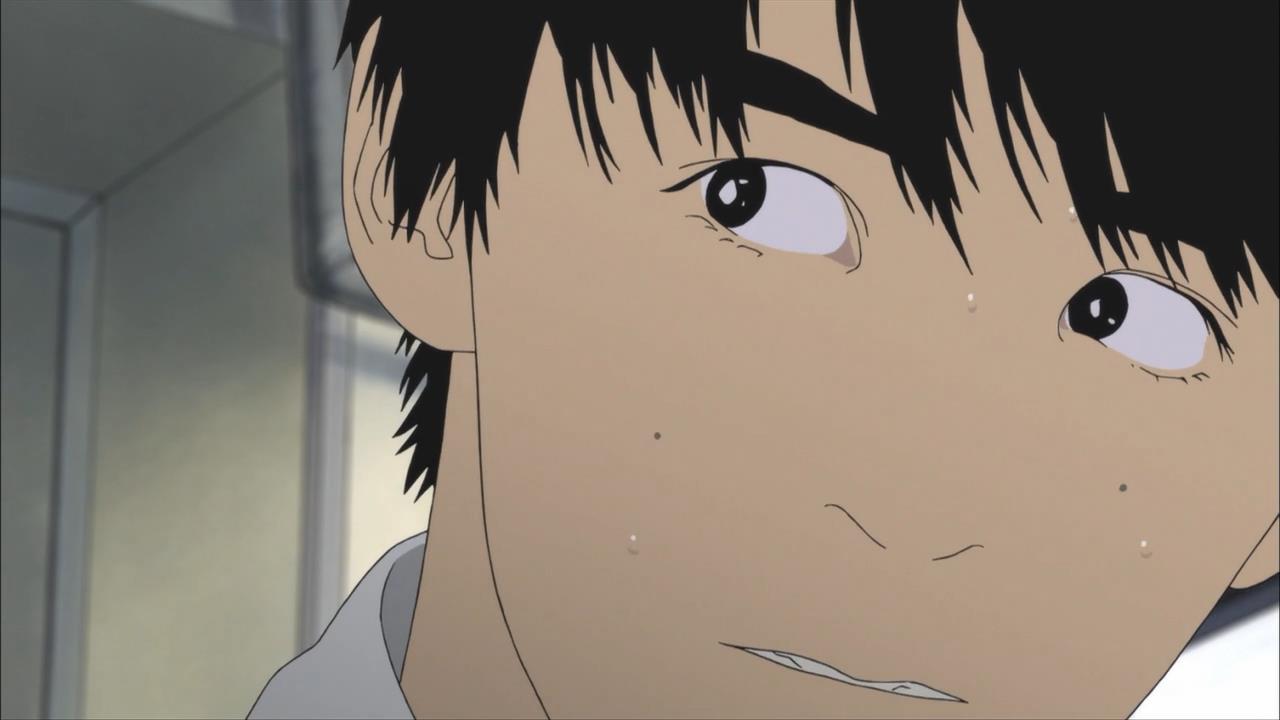
1. Hajime No Ippo
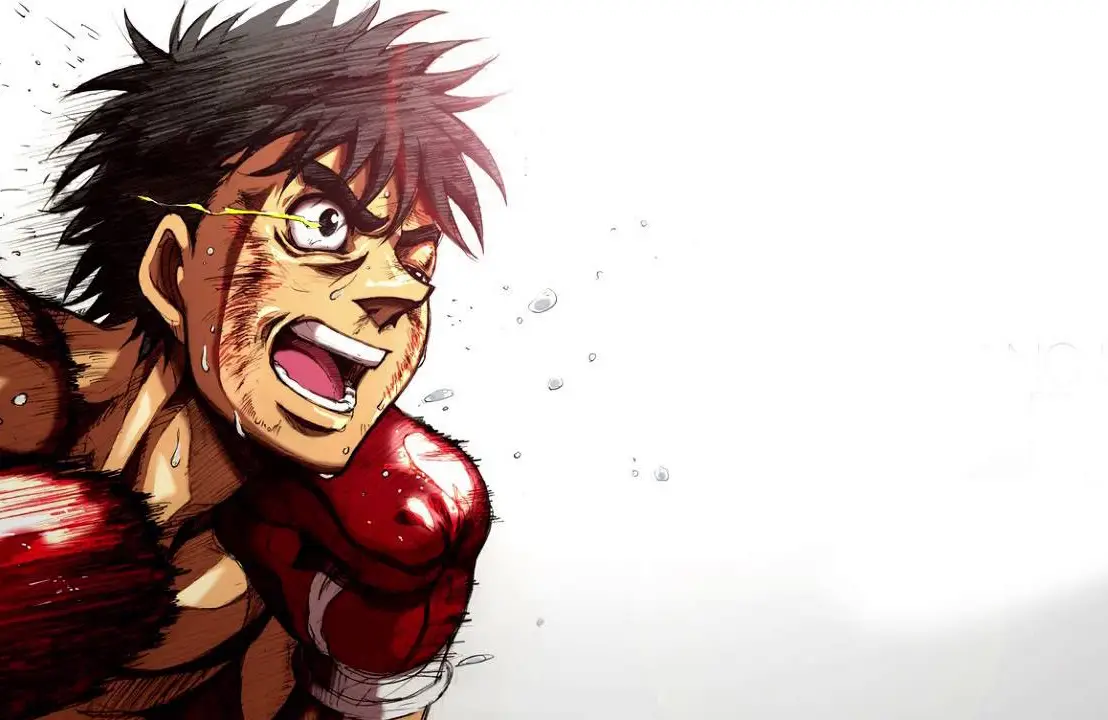
In Hajime No Ippo, the main character, Makunouchi Ippo, undergoes a transformative journey from being a victim of bullying to becoming an elite boxer and champion. Before discovering boxing, Ippo endured physical, verbal, and emotional abuse at the hands of his tormentors.
Remarkably, despite experiencing such hardship, Ippo never harbors resentment or seeks revenge against his bullies. Instead, he rises above the cycle of hatred and demonstrates remarkable emotional maturity by refusing to let his past define him. As he pursues his passion for boxing, Ippo not only finds strength within himself but also extends compassion and understanding to those who once tormented him.
Through his journey, Ippo sets a powerful example of forgiveness and personal growth, inspiring both bullies and those who have been bullied to strive for greater emotional maturity and resilience. His ability to overcome adversity and forge genuine connections with his former tormentors, who eventually become his friends within the boxing community, highlights the transformative power of empathy and understanding.
In essence, Hajime No Ippo offers a compelling portrayal of the human capacity for growth and redemption, emphasizing the importance of forgiveness and empathy in overcoming the scars of the past. Ippo’s journey serves as a testament to the resilience of the human spirit and the transformative potential of choosing compassion over resentment.
“Hajime no Ippo,” also known as “Fighting Spirit,” is a classic sports manga series written and illustrated by George Morikawa. Serialized in Weekly Shōnen Magazine since 1989, the series has entertained audiences worldwide with its compelling characters, intense boxing matches, and heartfelt storytelling. Set in professional boxing,
“Hajime no Ippo” follows the journey of Ippo Makunouchi, a timid high school student who discovers a passion for boxing and goes on a quest to become a world champion. With its dynamic action, engaging character development, and themes of perseverance and determination, “Hajime no Ippo” stands as a cornerstone of the sports genre.
The story begins with Ippo Makunouchi, an ordinary high school student who leads a mundane life working at his family’s fishing boat business. Bullied and lacking in confidence, Ippo’s life takes a dramatic turn when he encounters Mamoru Takamura, a skilled boxer, who defends him from a group of bullies. Inspired by Takamura’s strength and determination, Ippo decides to pursue boxing and begins training at the Kamogawa Boxing Gym under the tutelage of Coach Genji Kamogawa.
As Ippo trains and competes in amateur boxing, he encounters a colorful cast of characters, including fellow boxers, trainers, and rivals. Along the way, Ippo learns valuable lessons about discipline, perseverance, and the true meaning of strength. As he rises through the ranks and faces increasingly formidable opponents, Ippo’s journey becomes a testament to the power of hard work, determination, and unwavering spirit.
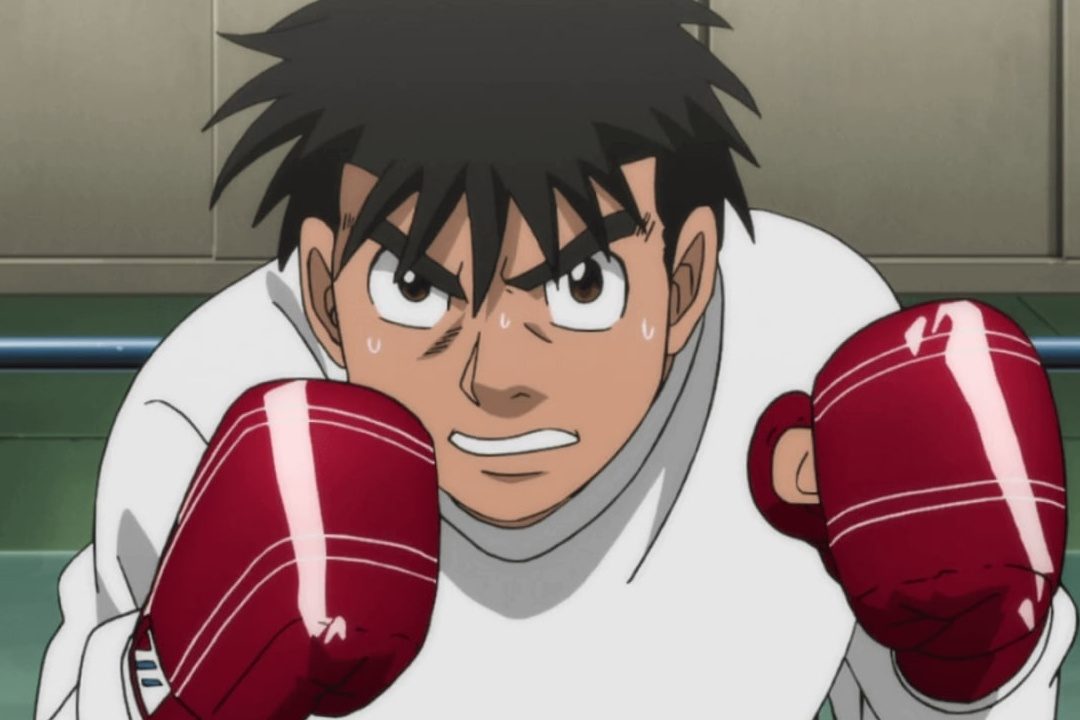
At its core, “Hajime no Ippo” is a story about perseverance and determination in the face of adversity. Ippo’s journey from a timid high school student to a skilled boxer is a testament to his unwavering commitment to his goals and his willingness to push himself beyond his limits. Through Ippo’s struggles and triumphs, the series highlights the importance of hard work, resilience, and never giving up on one’s dreams.
The bonds of friendship forged between Ippo and his fellow boxers at the Kamogawa Boxing Gym serve as a driving force throughout the series. From training together to supporting each other in and out of the ring, the camaraderie among the characters adds depth and heart to the story. The sense of solidarity and mutual respect among the boxers underscores the importance of teamwork and unity in achieving success.
“Hajime no Ippo” explores themes of self-discovery and personal growth as Ippo navigates the challenges of the boxing world. Through his experiences in the ring and interactions with his peers, Ippo learns more about himself, his strengths, and his weaknesses. The series emphasizes the importance of self-awareness, introspection, and continuous improvement in the pursuit of excellence.
As Ippo faces increasingly formidable opponents in the ring, he must summon the courage to confront his fears and push through pain and exhaustion. The series portrays the sacrifices that athletes must make in pursuit of their goals, including physical and mental endurance, as well as the toll it takes on their relationships and personal lives.
Throughout the series, “Hajime no Ippo” emphasizes the importance of sportsmanship and respect both inside and outside the ring. Despite the intense competition and rivalries, the characters demonstrate mutual respect for their opponents and uphold the values of fair play and integrity. The series celebrates the spirit of competition while also highlighting the bonds of camaraderie that unite athletes from different backgrounds and walks of life.
The protagonist of the series, Ippo is initially a timid and reserved high school student who discovers a passion for boxing. As he trains and competes, Ippo undergoes significant growth and transformation, becoming more confident, disciplined, and determined to achieve his dreams.
A skilled boxer and Ippo’s mentor, Takamura serves as a source of inspiration and guidance for Ippo. Despite his brash and eccentric personality, Takamura cares deeply for his fellow boxers and is fiercely dedicated to helping Ippo succeed.
The gruff but wise coach of the Kamogawa Boxing Gym, Kamogawa is a seasoned veteran of the boxing world who provides invaluable training and mentorship to Ippo and his fellow boxers. His tough love approach and unwavering commitment to his students inspire them to push themselves to their limits and strive for greatness.
George Morikawa’s artwork in “Hajime no Ippo” is characterized by its dynamic action sequences, detailed character designs, and expressive facial expressions. The boxing matches are depicted with a high level of realism and intensity, drawing readers into the heart-pounding excitement of the ring. Morikawa’s ability to capture the raw emotion and physicality of the sport adds depth and authenticity to the series, immersing readers in the thrilling world of professional boxing.
“Hajime no Ippo” is a timeless classic that continues to entertain audiences with its exhilarating action, compelling characters, and heartfelt storytelling. Through its exploration of themes such as perseverance, friendship, and self-discovery, the series resonates with readers of all ages and backgrounds, inspiring them to pursue their dreams with courage and determination. With its gripping narrative, memorable characters, and dynamic artwork, “Hajime no Ippo” remains a knockout in sports anime and manga.


